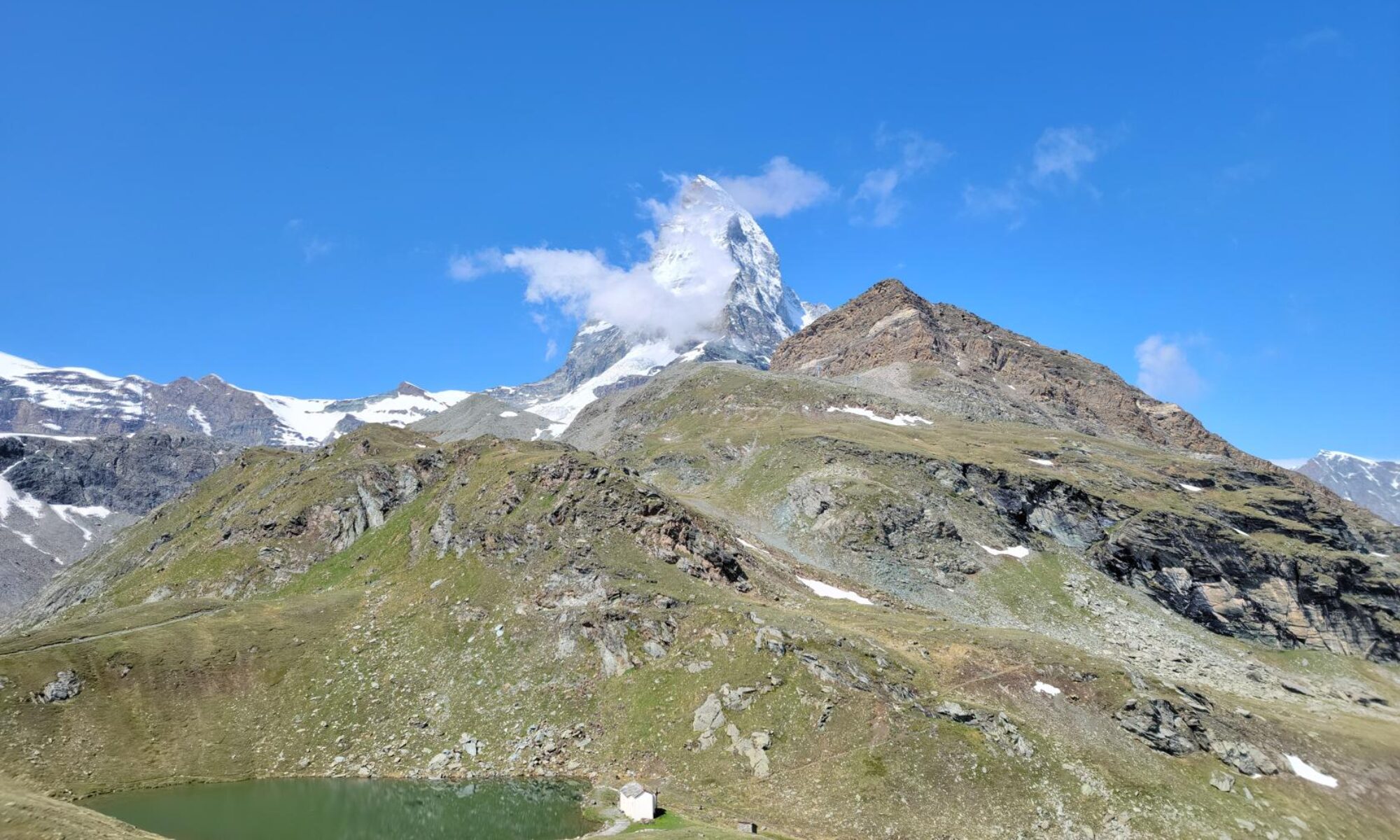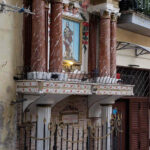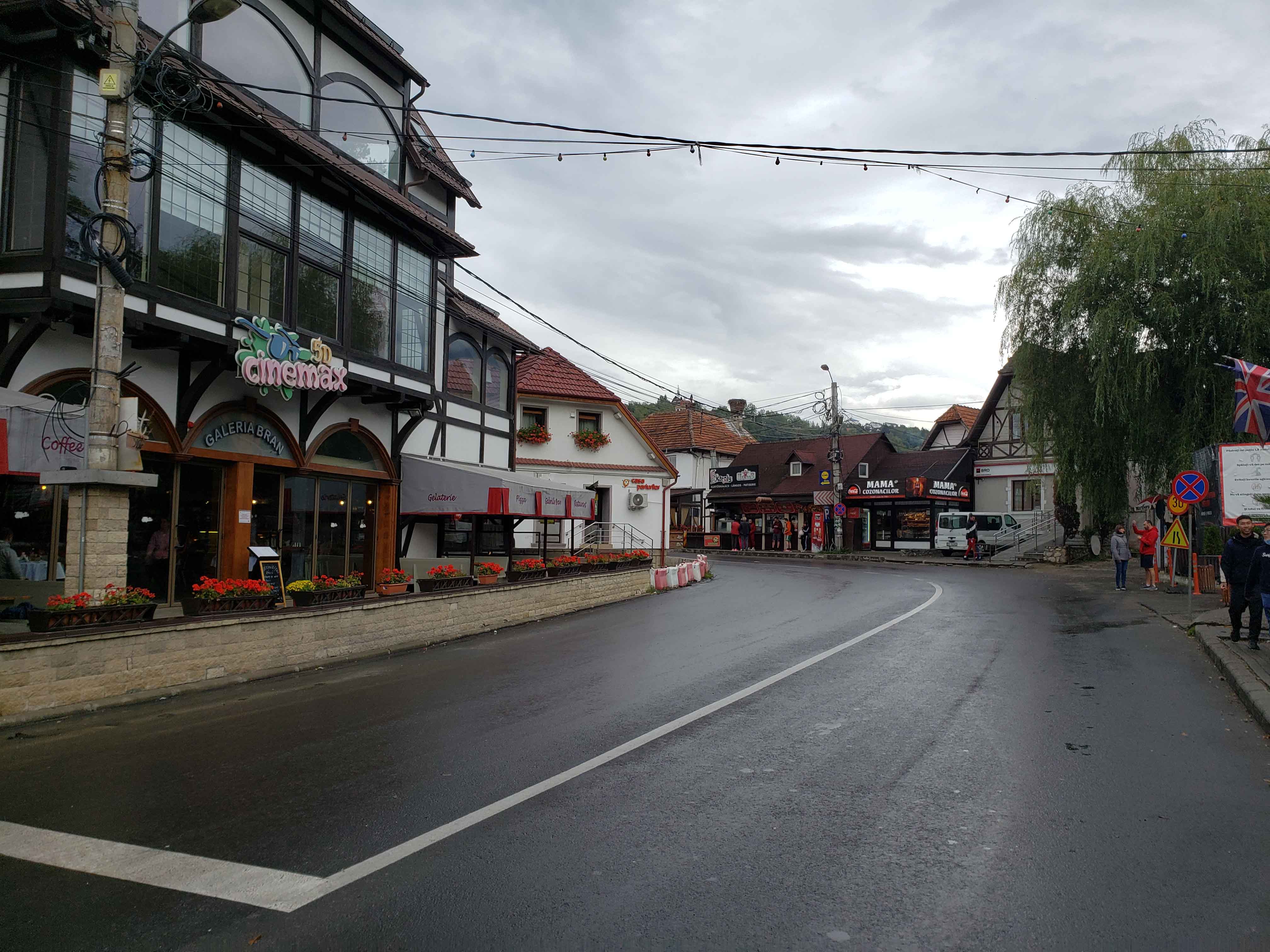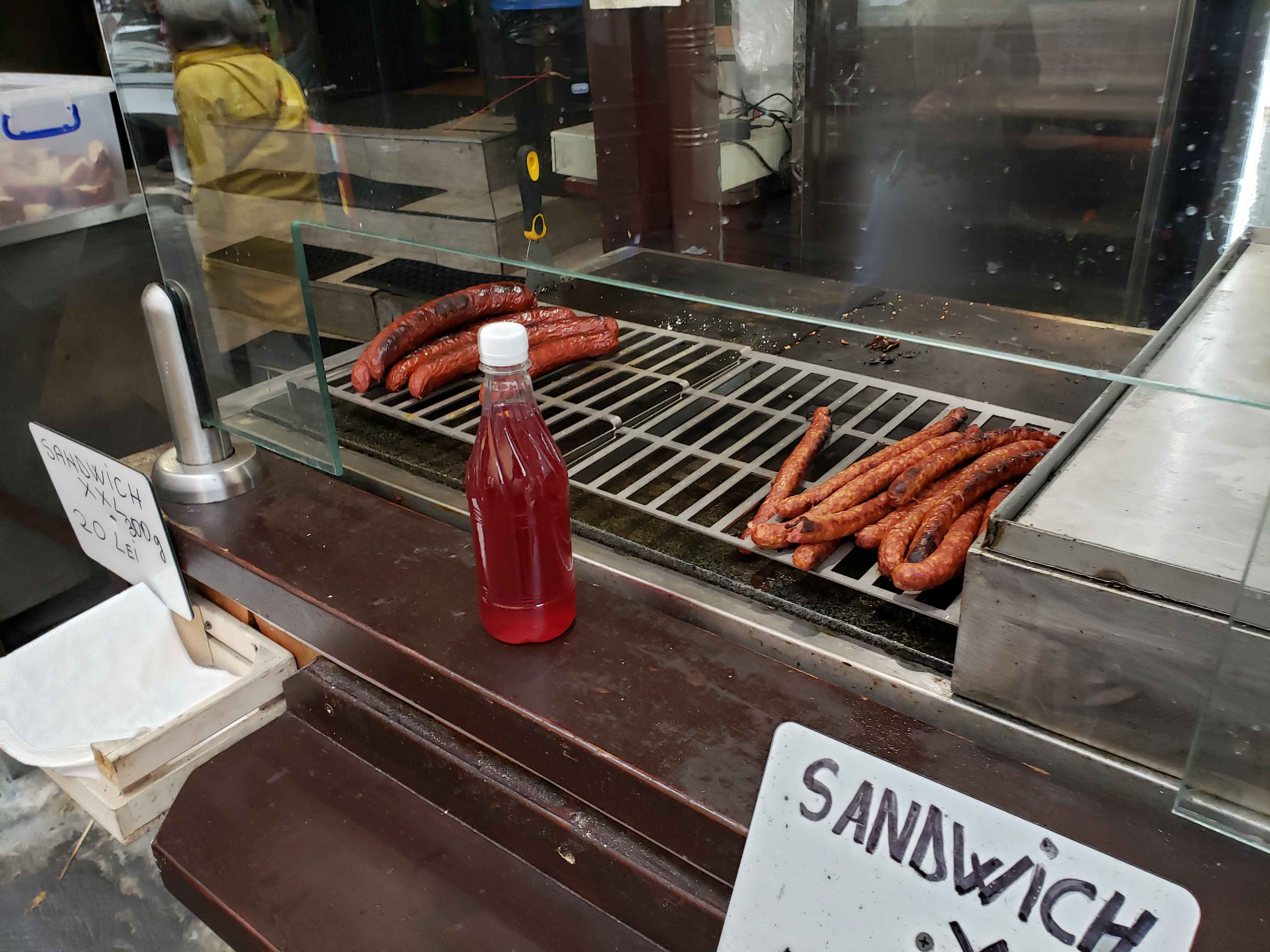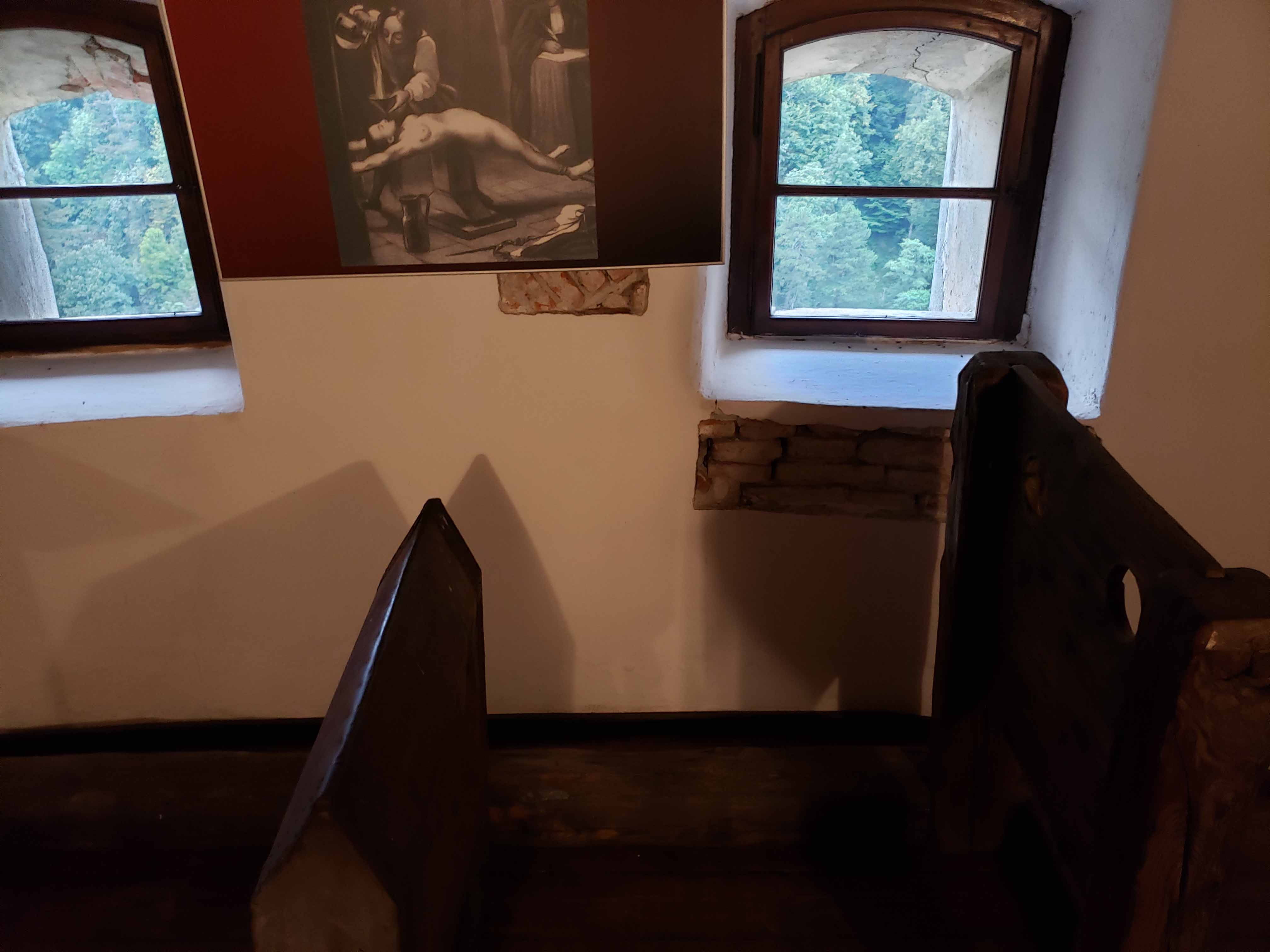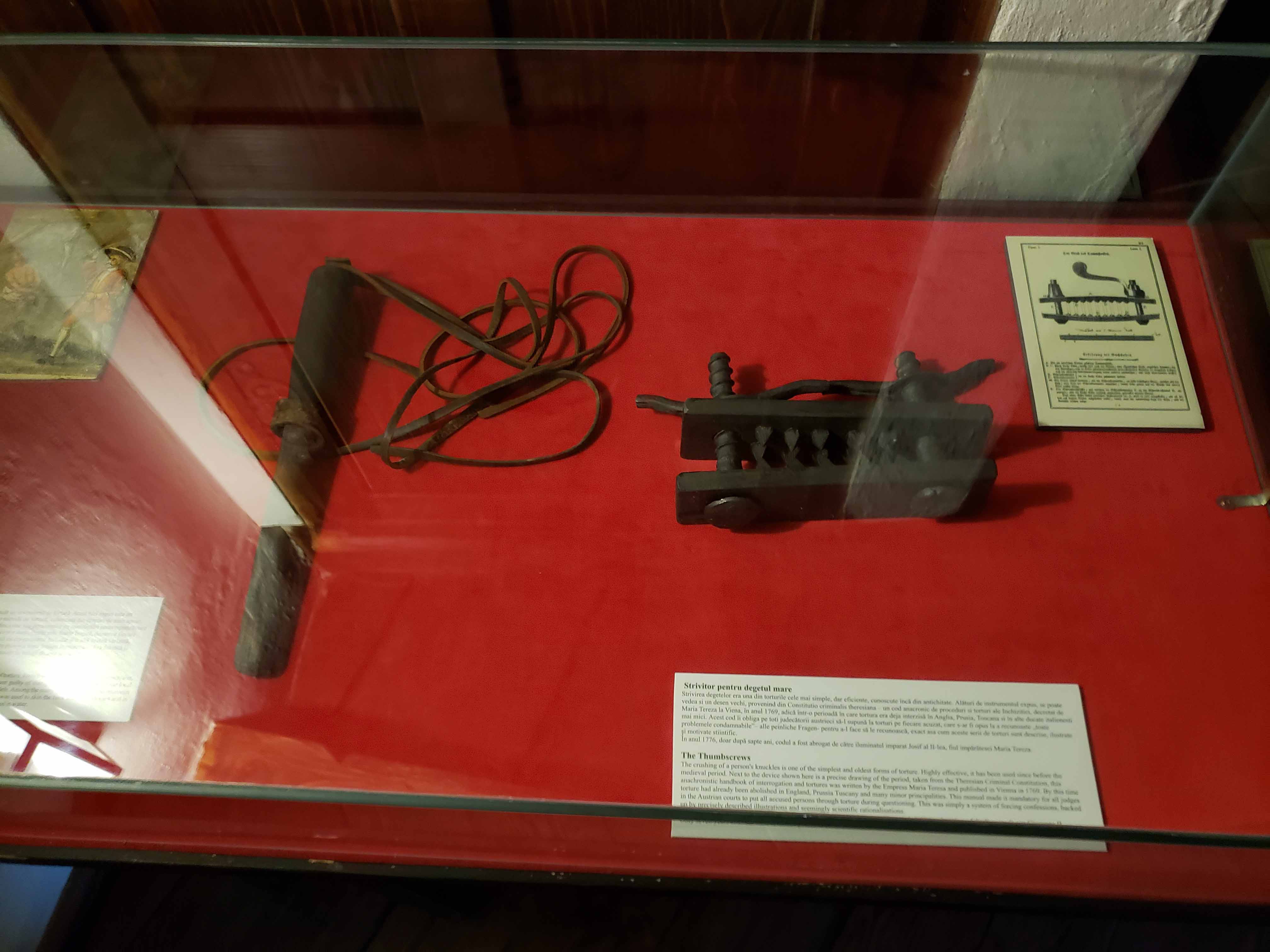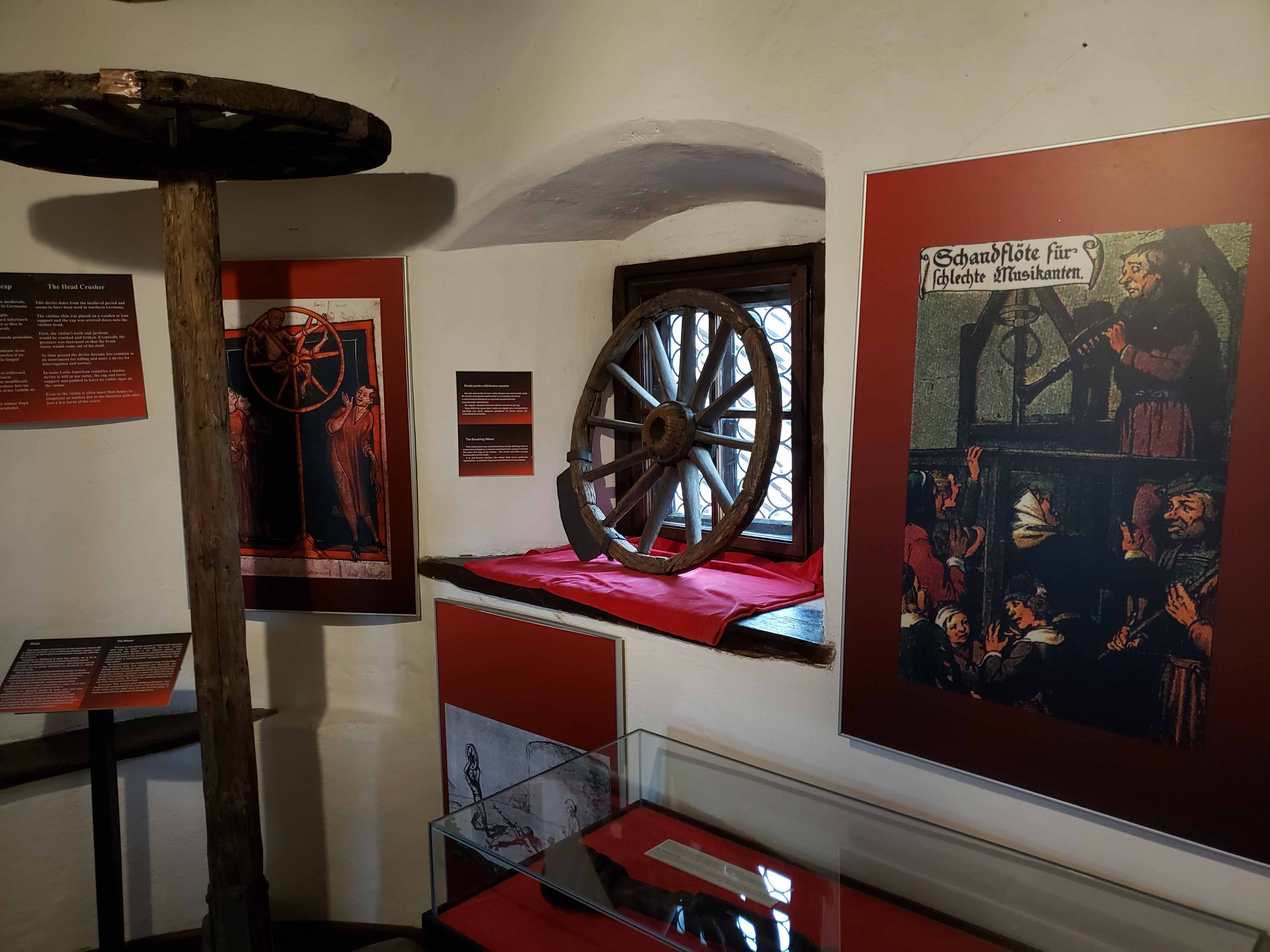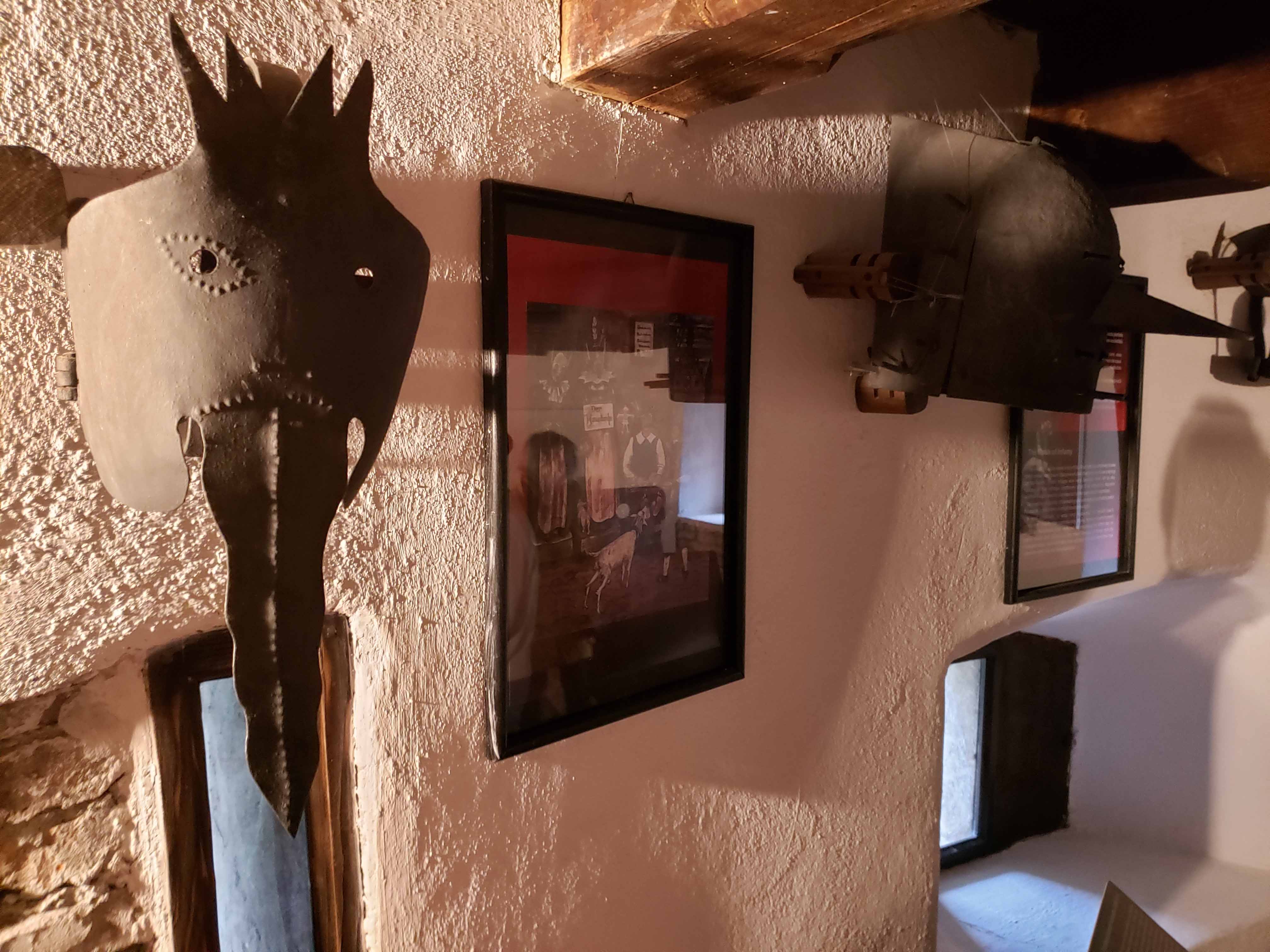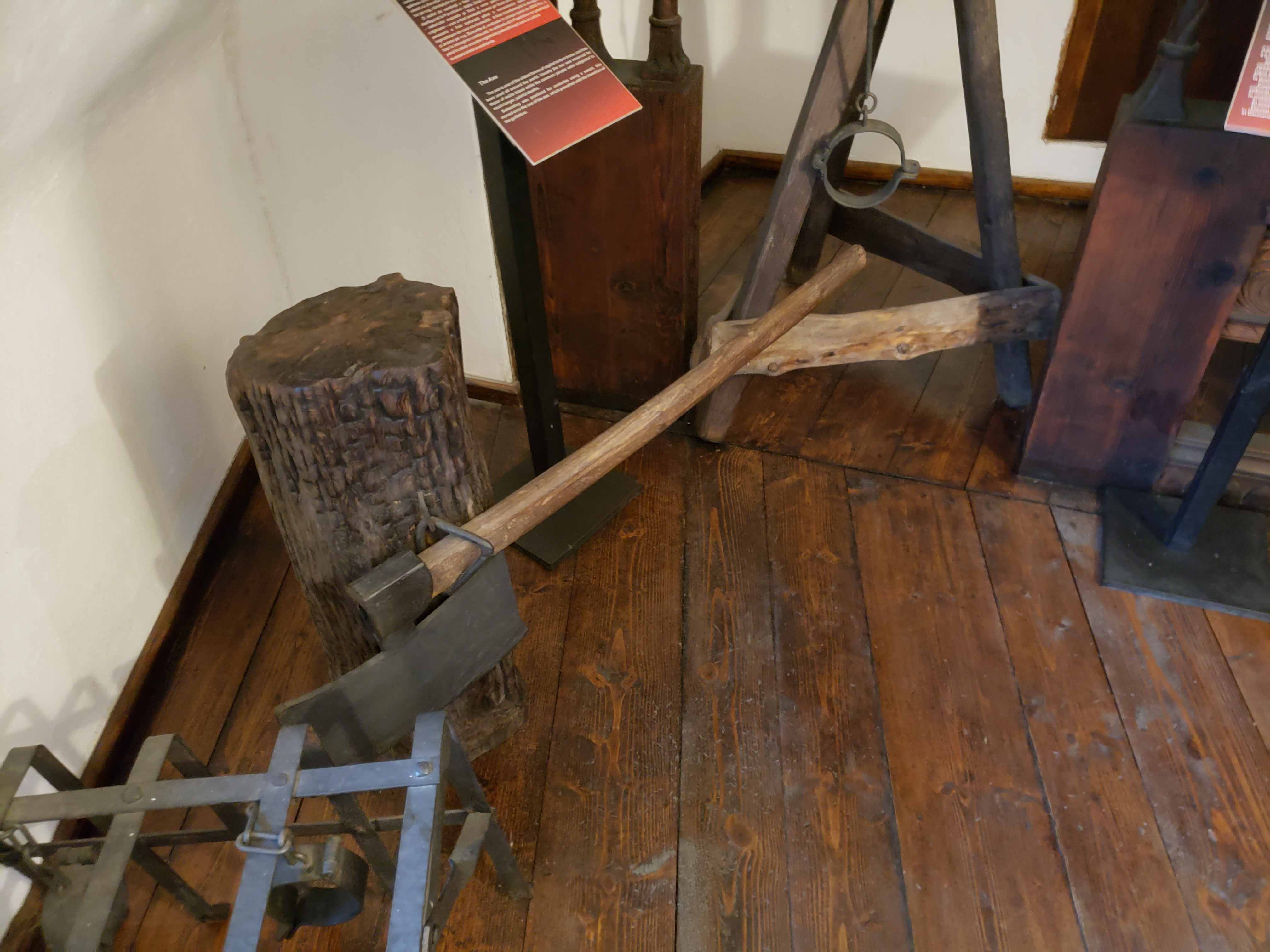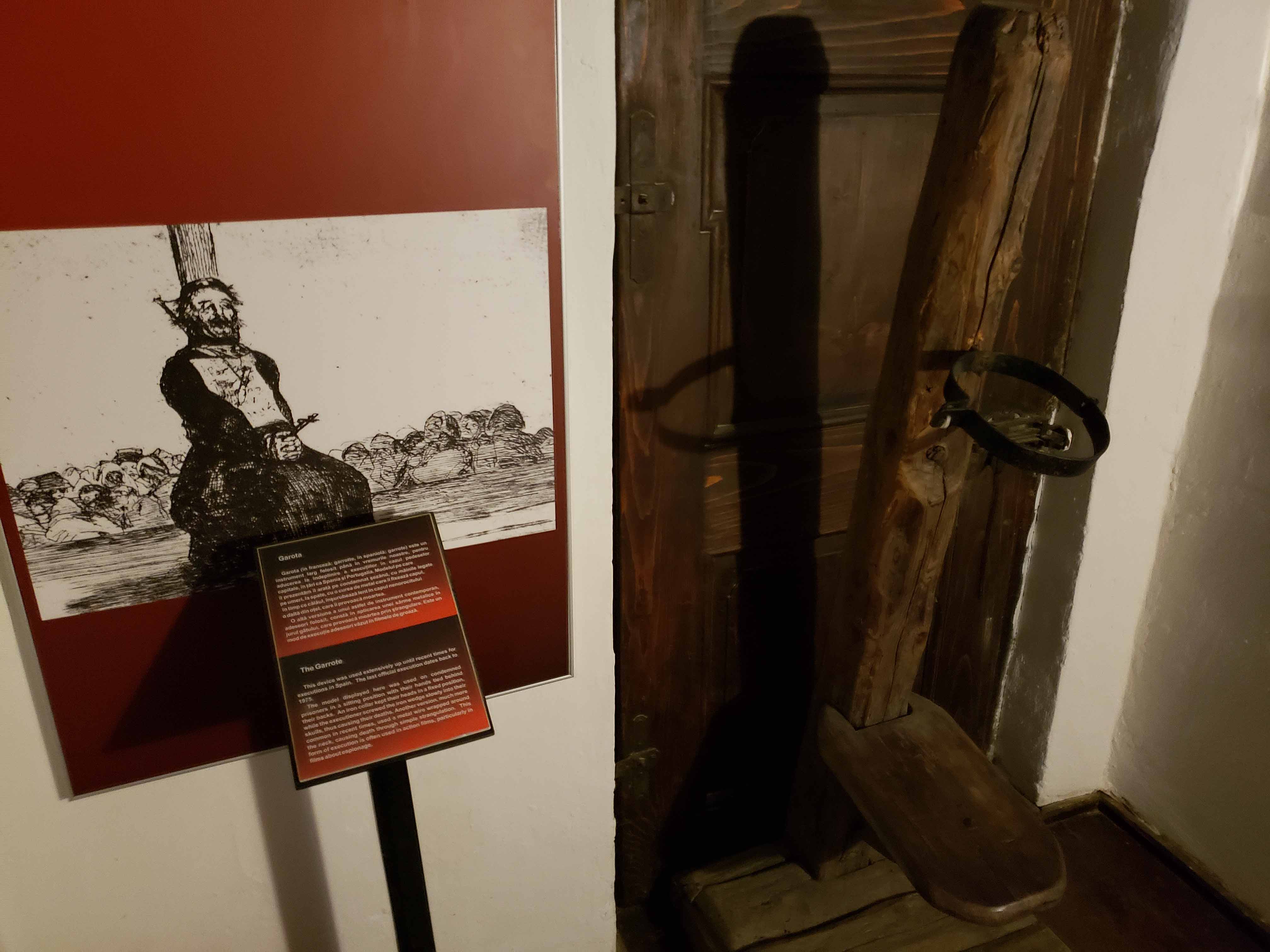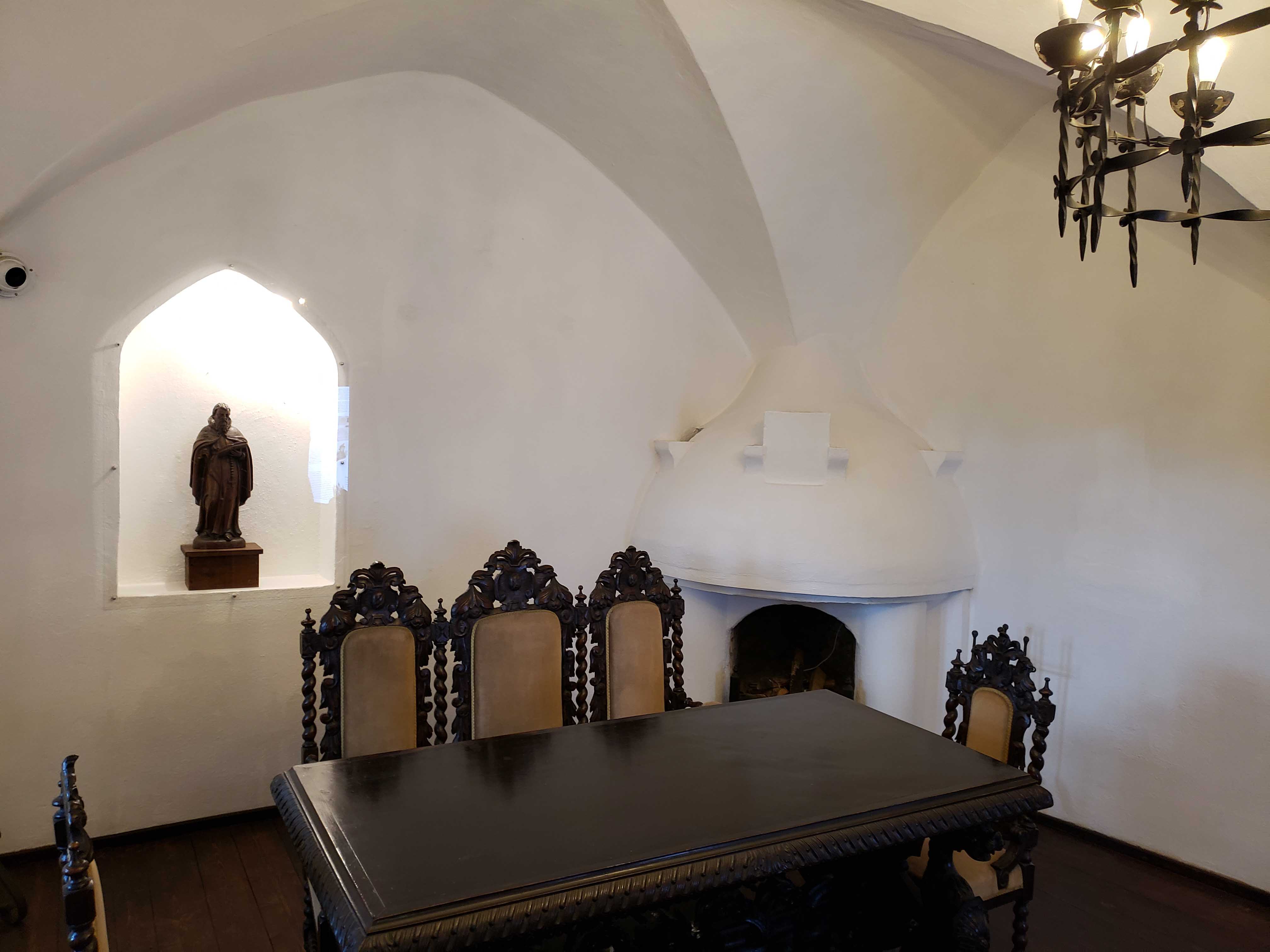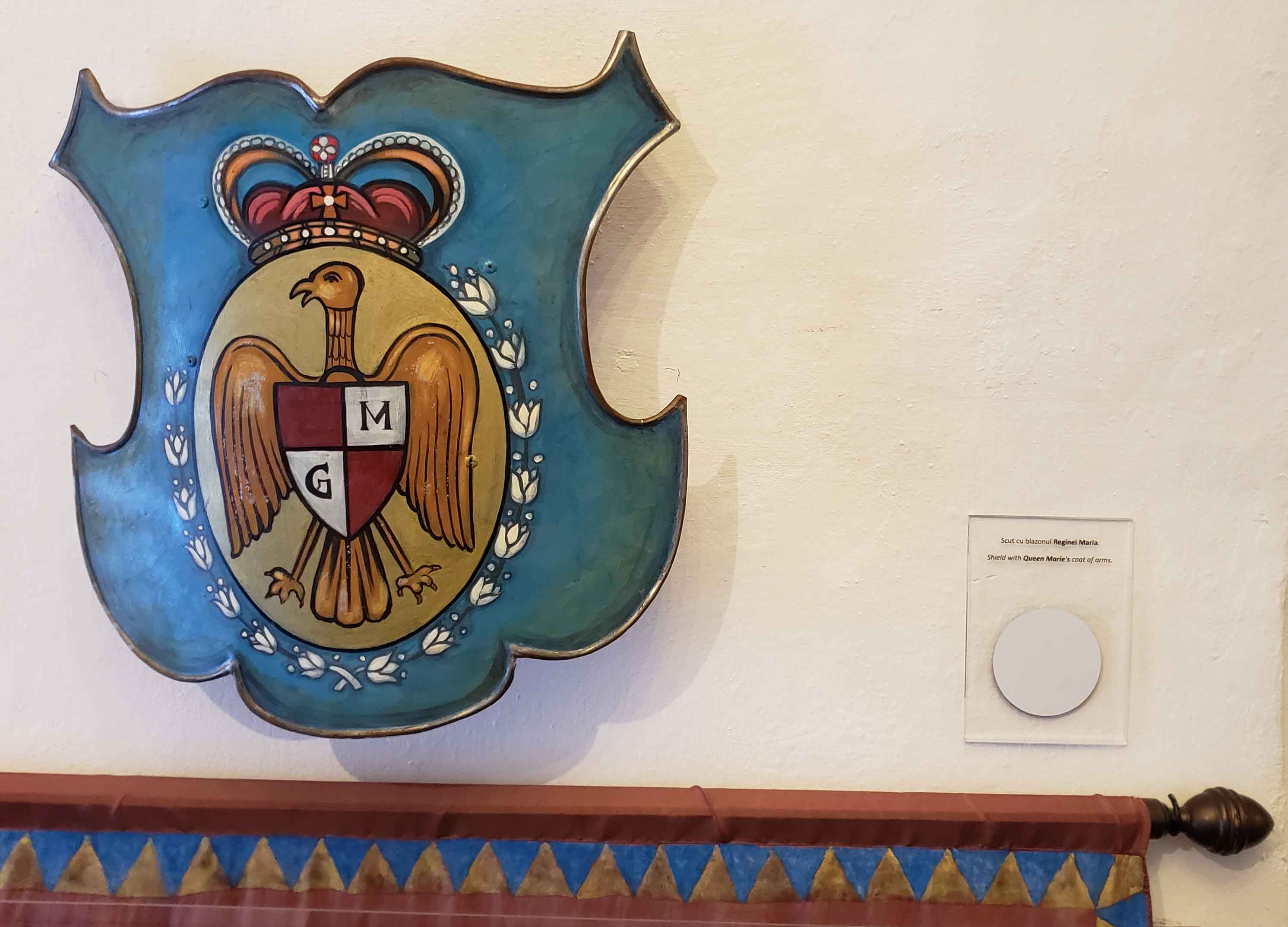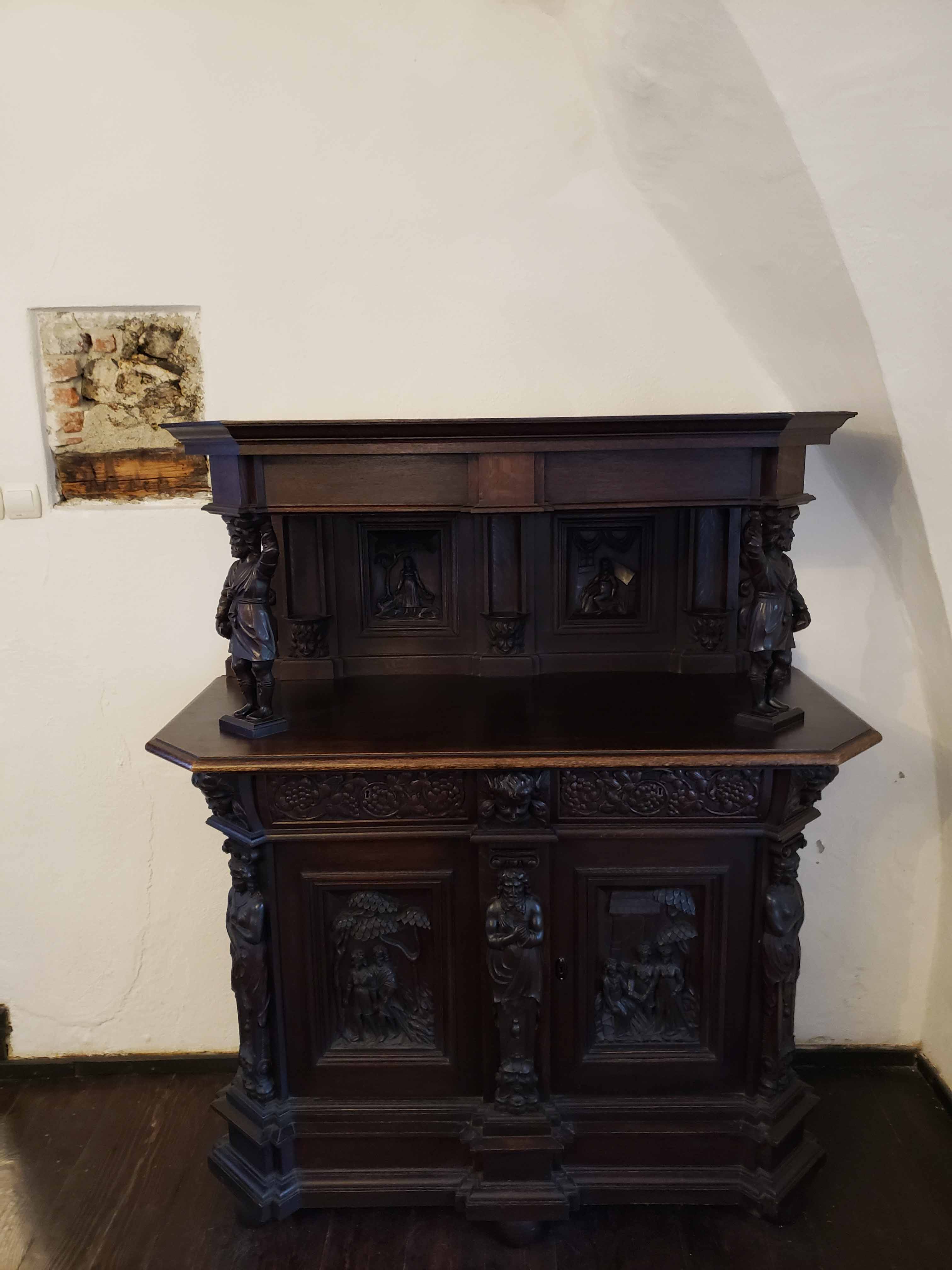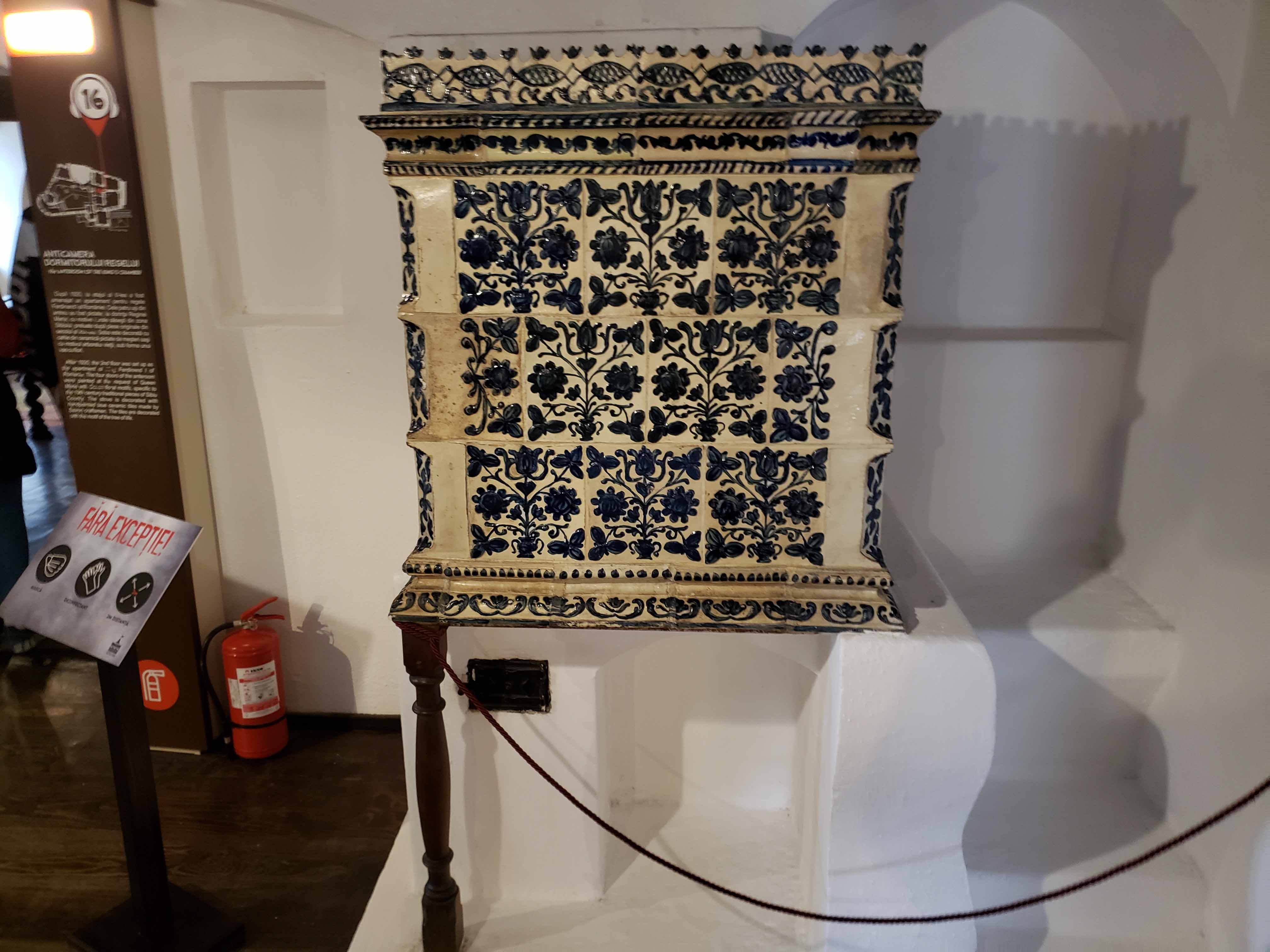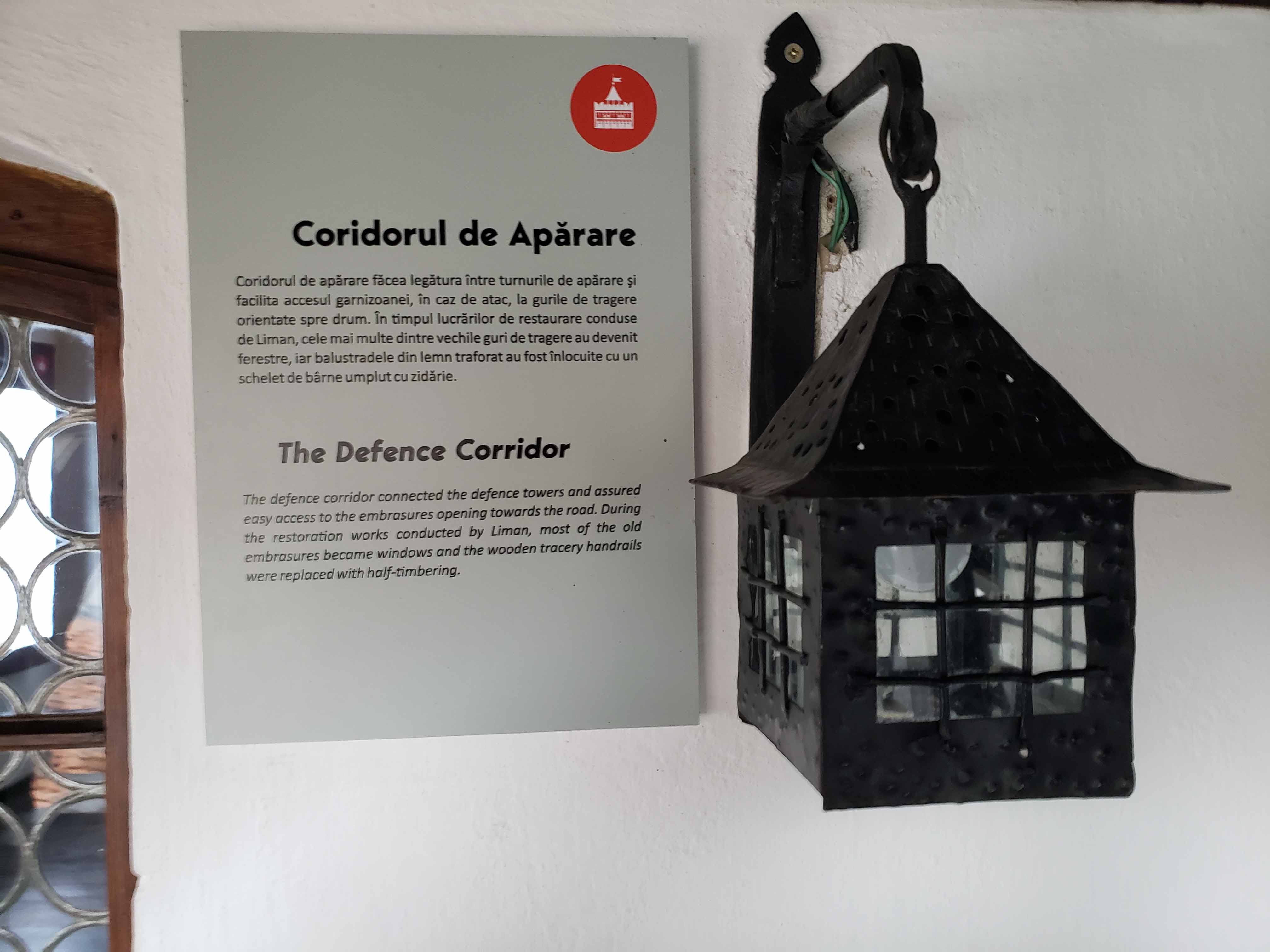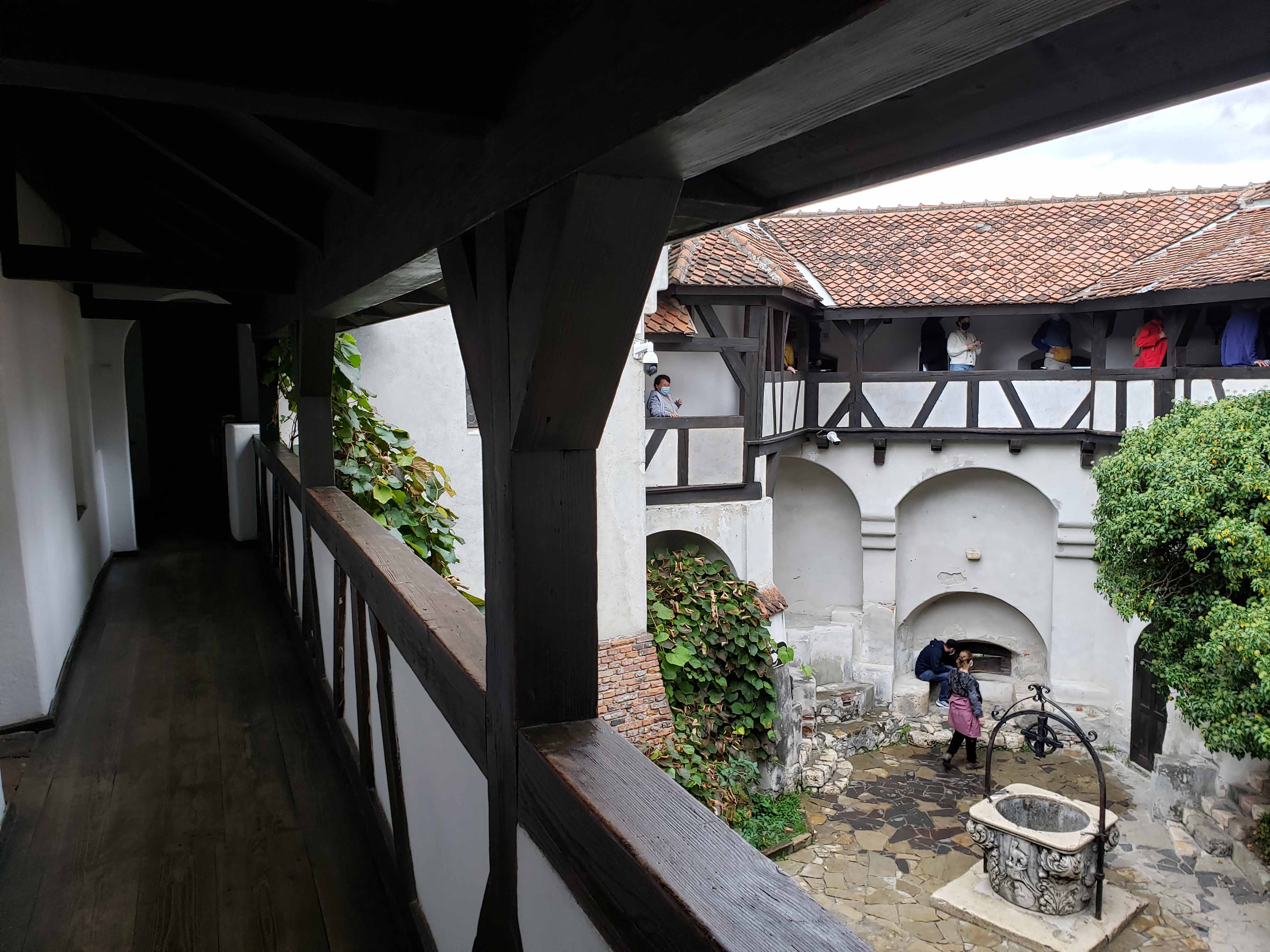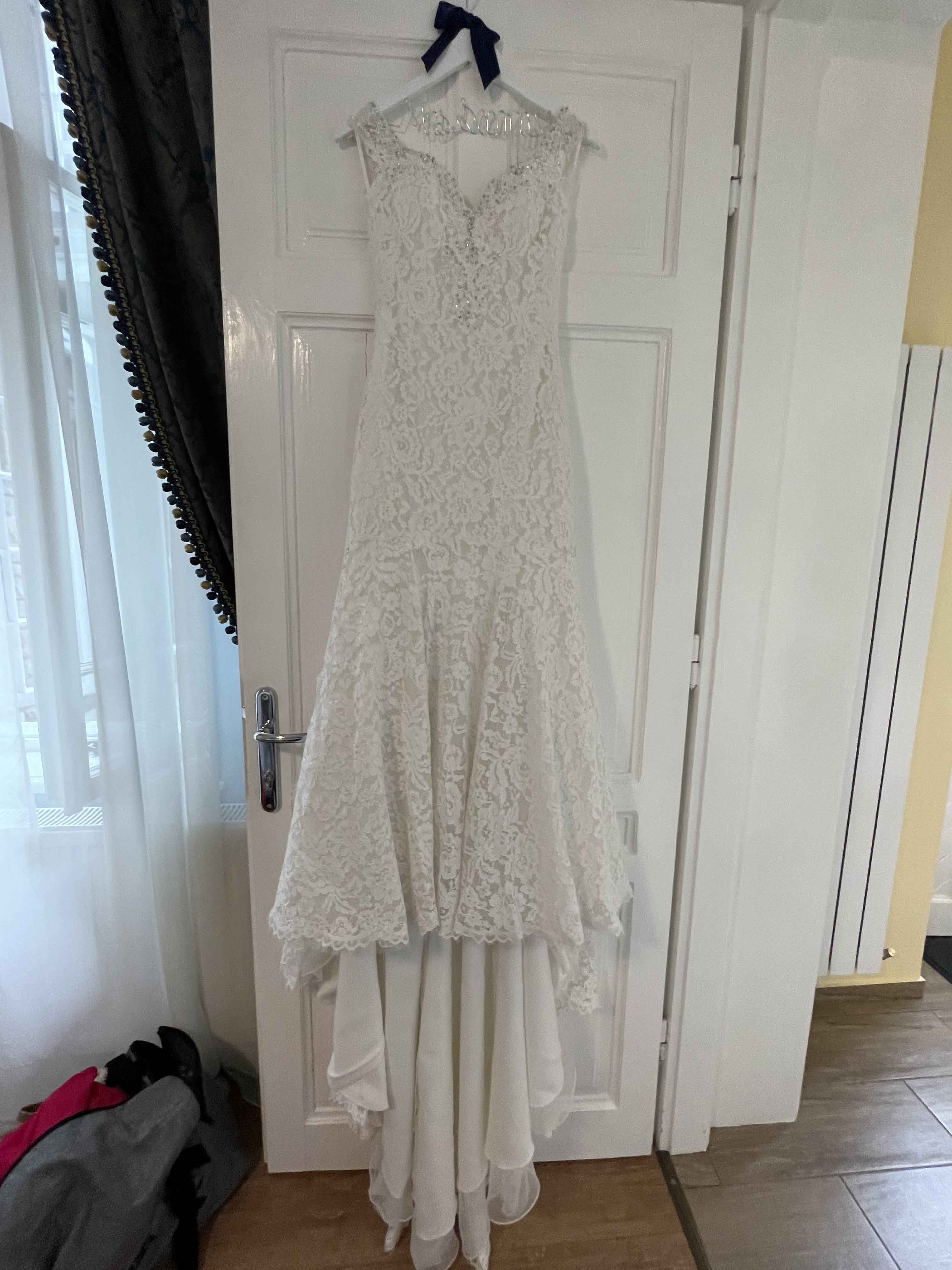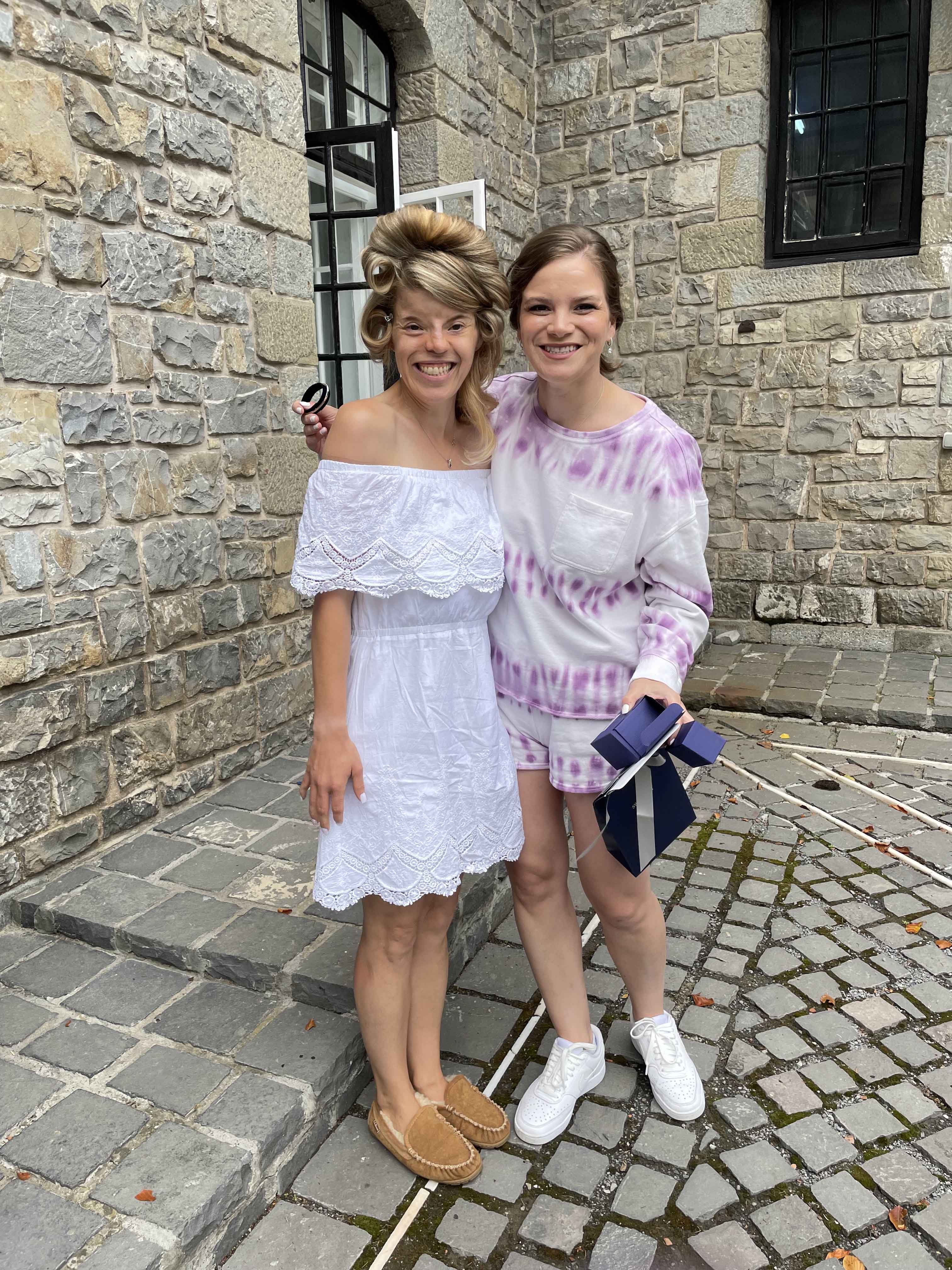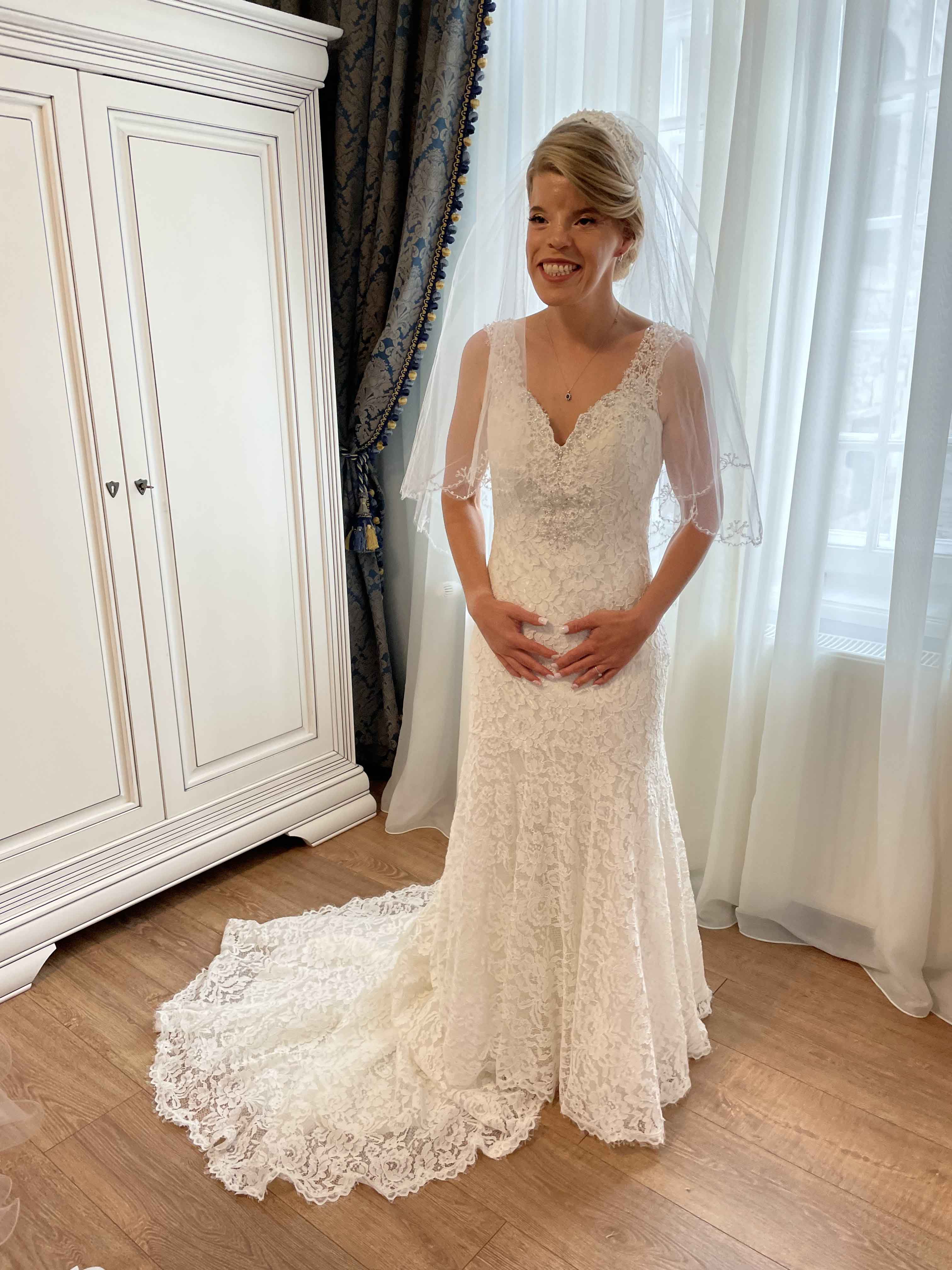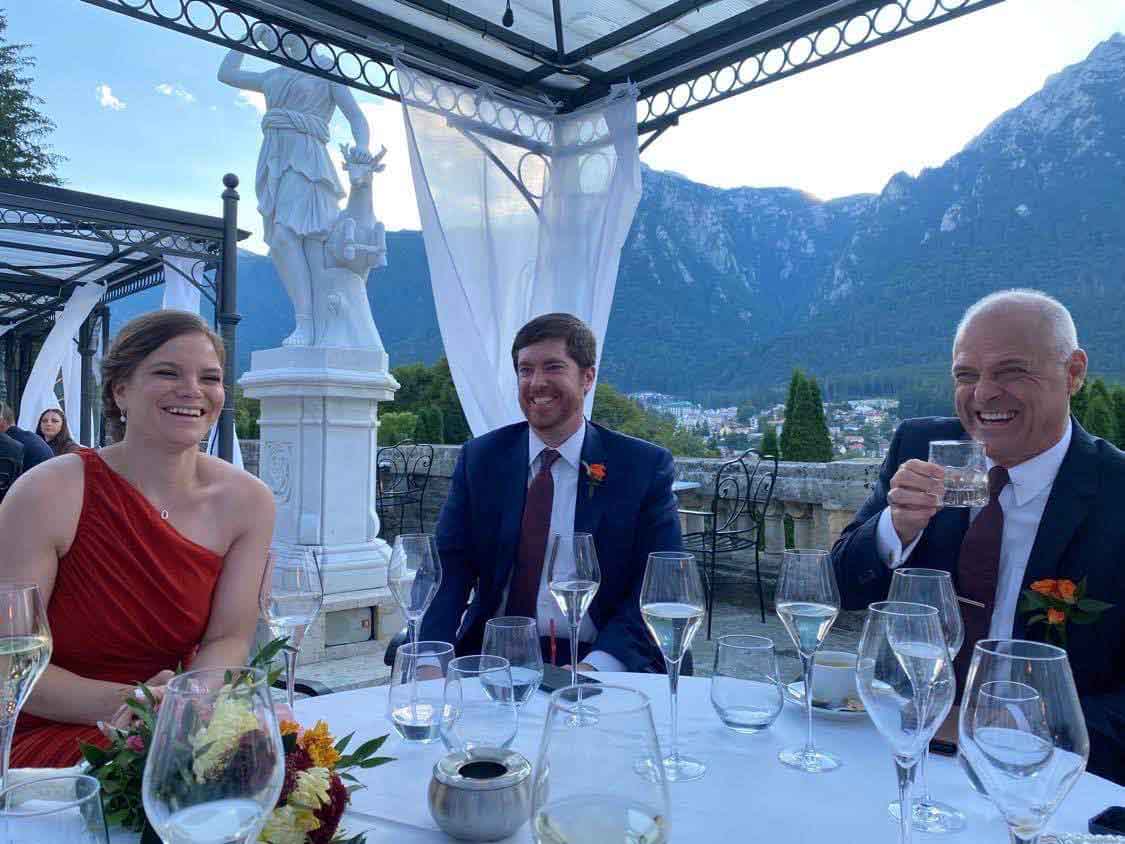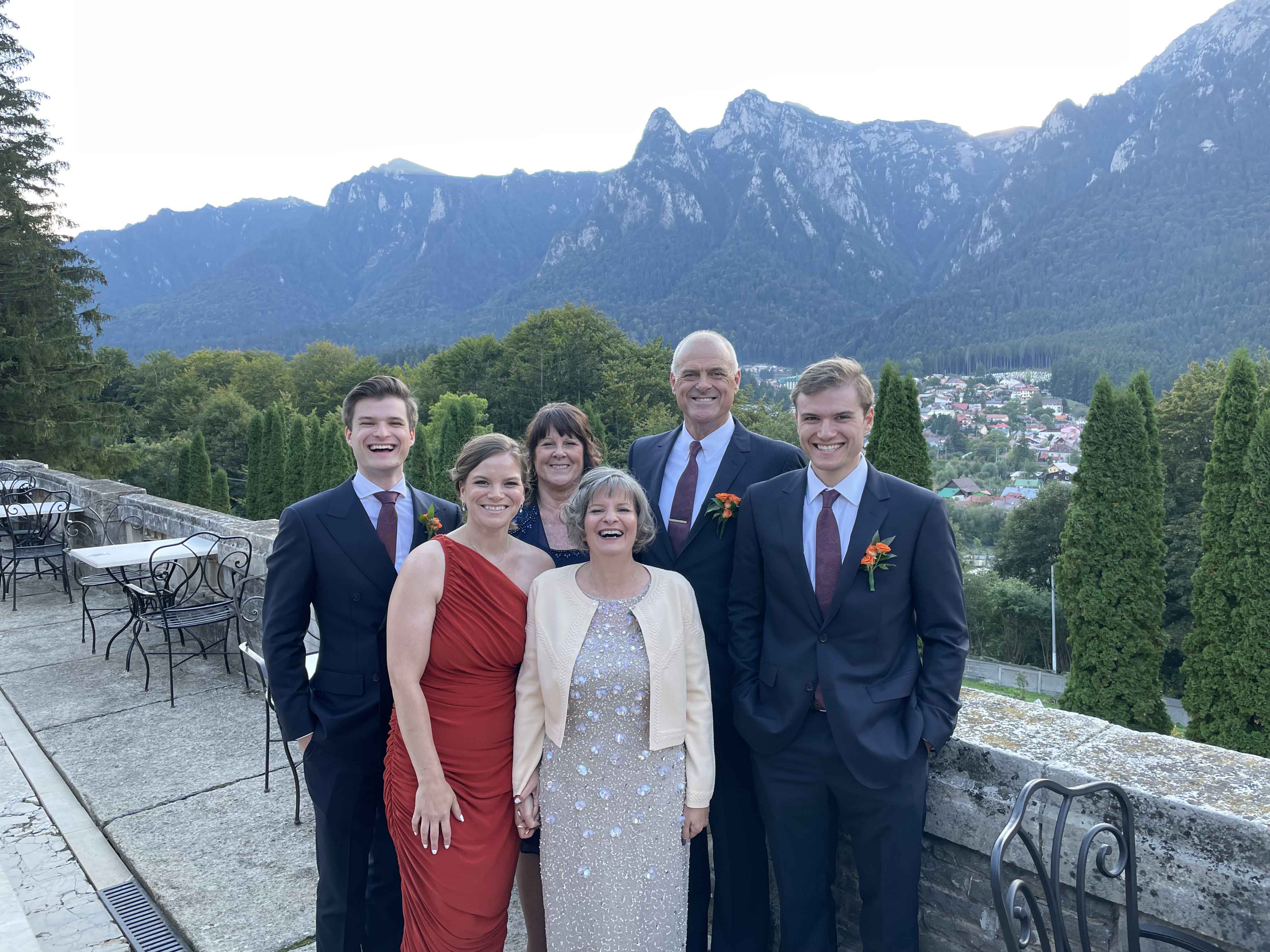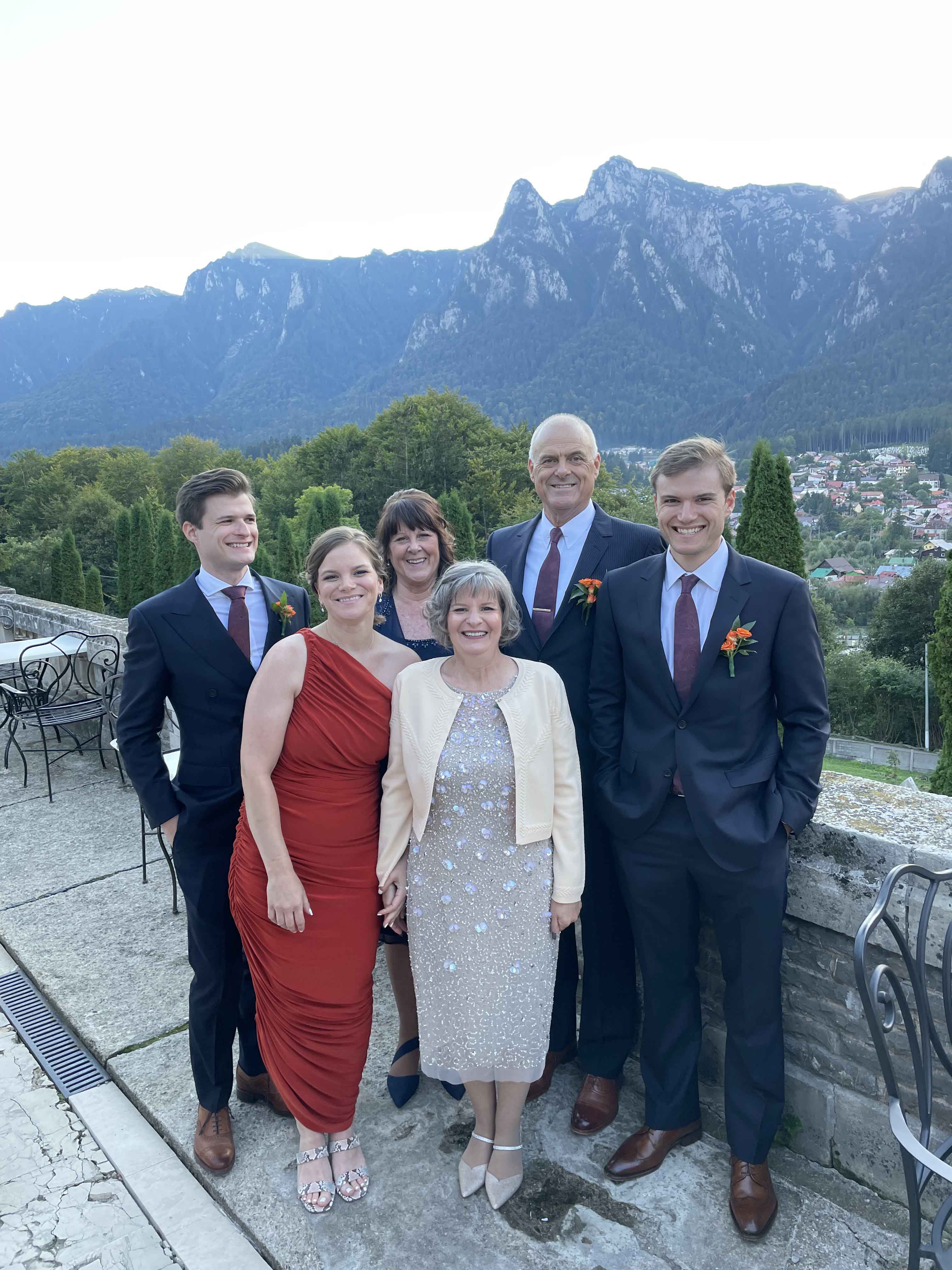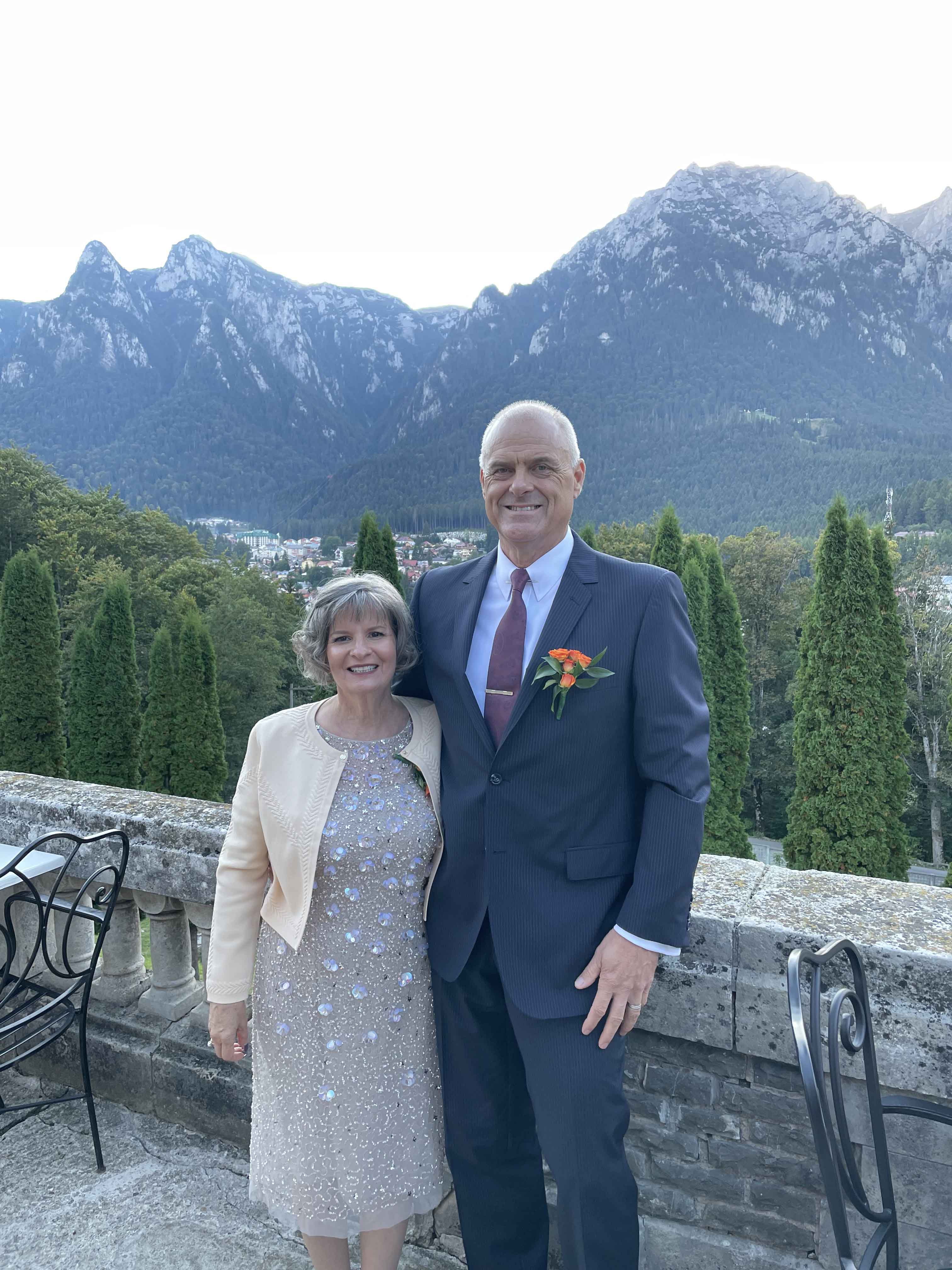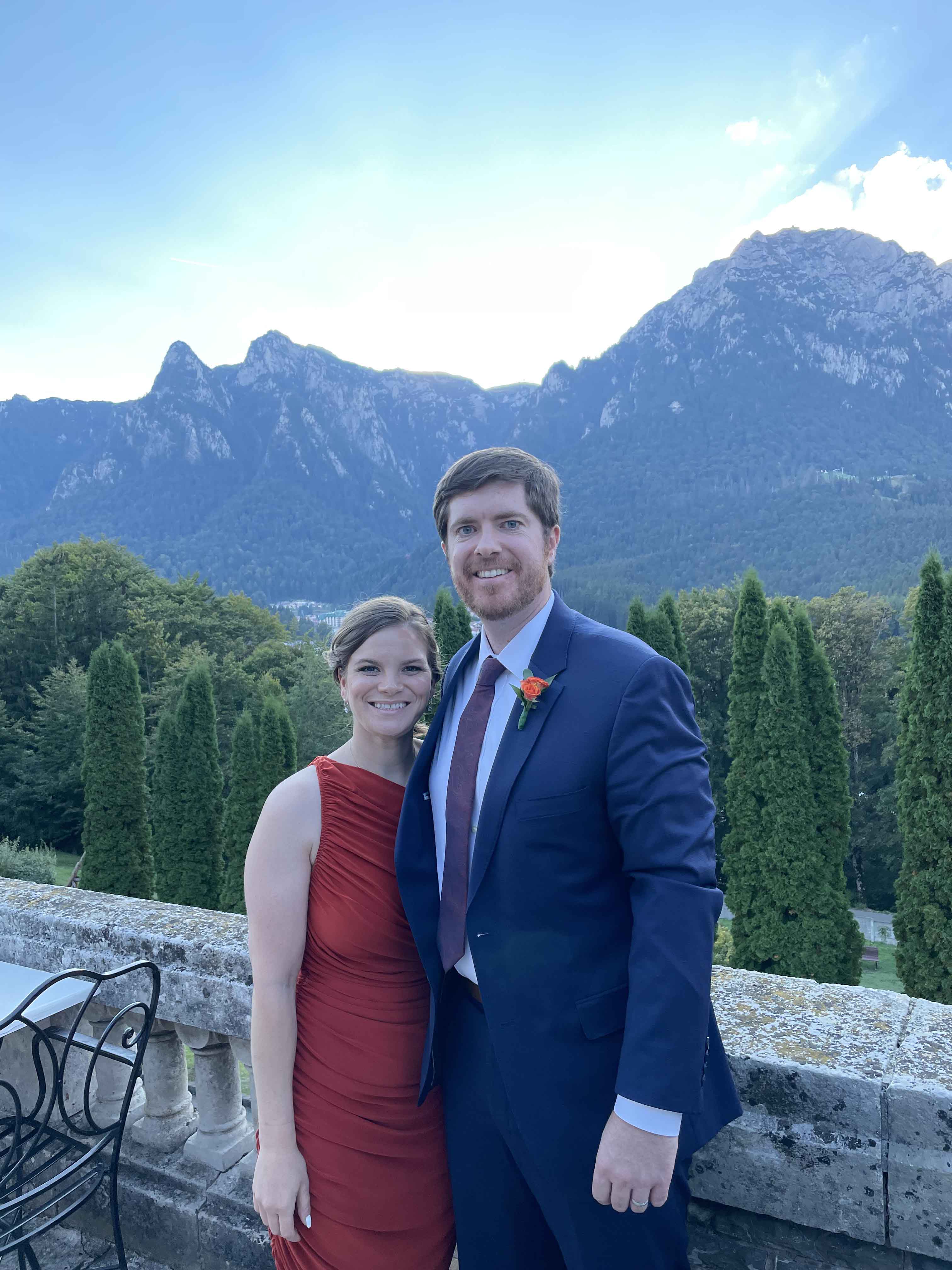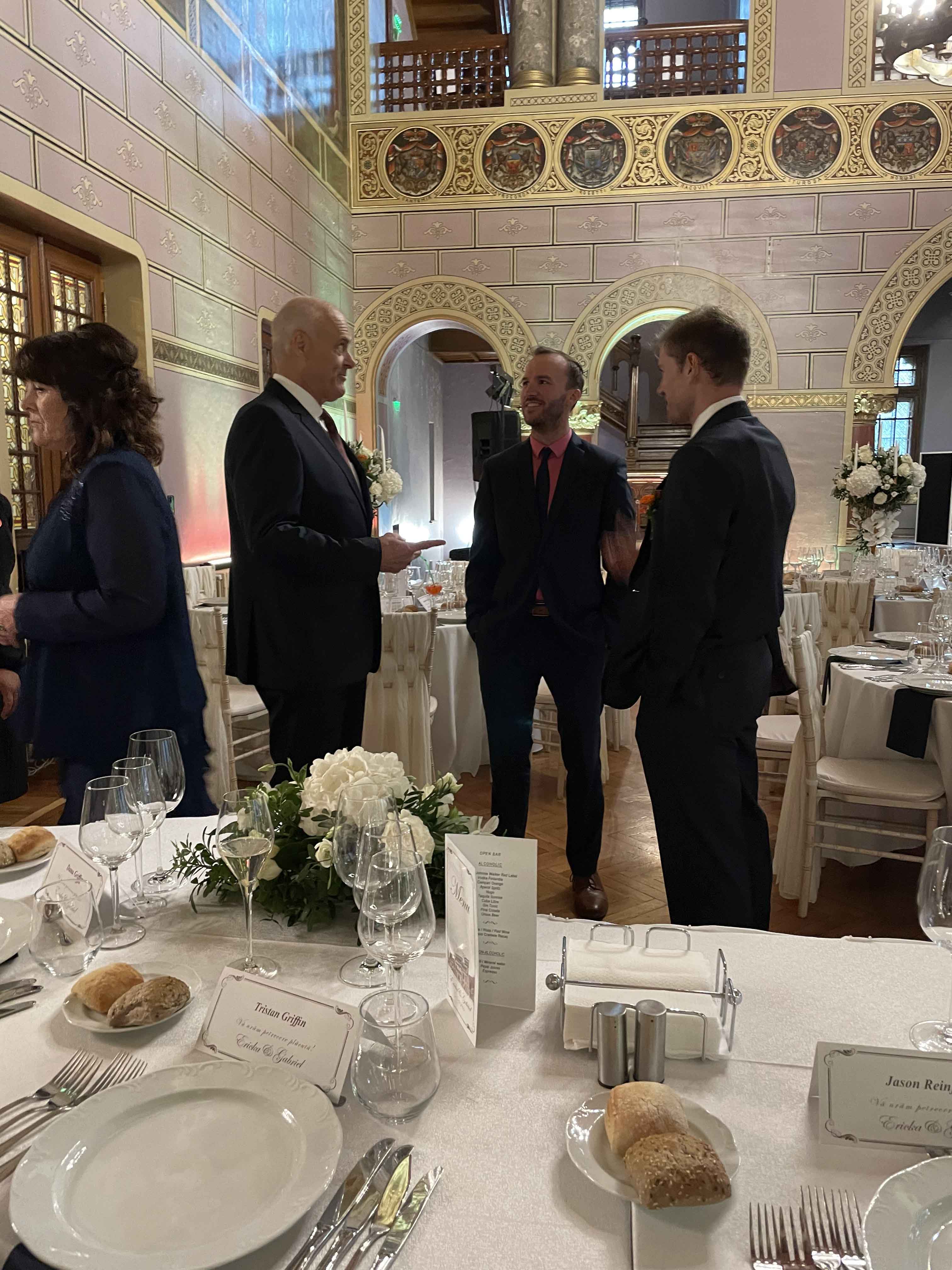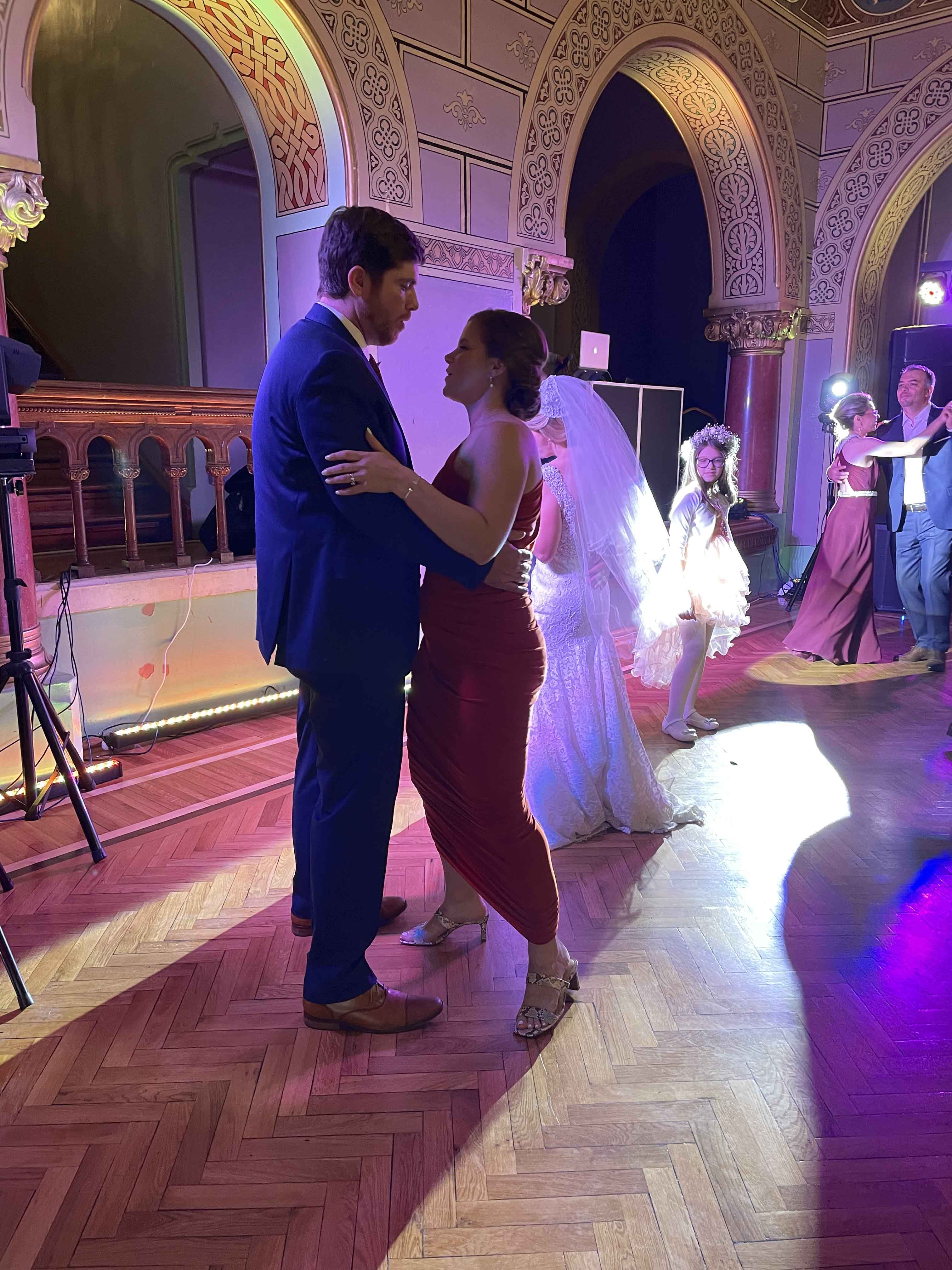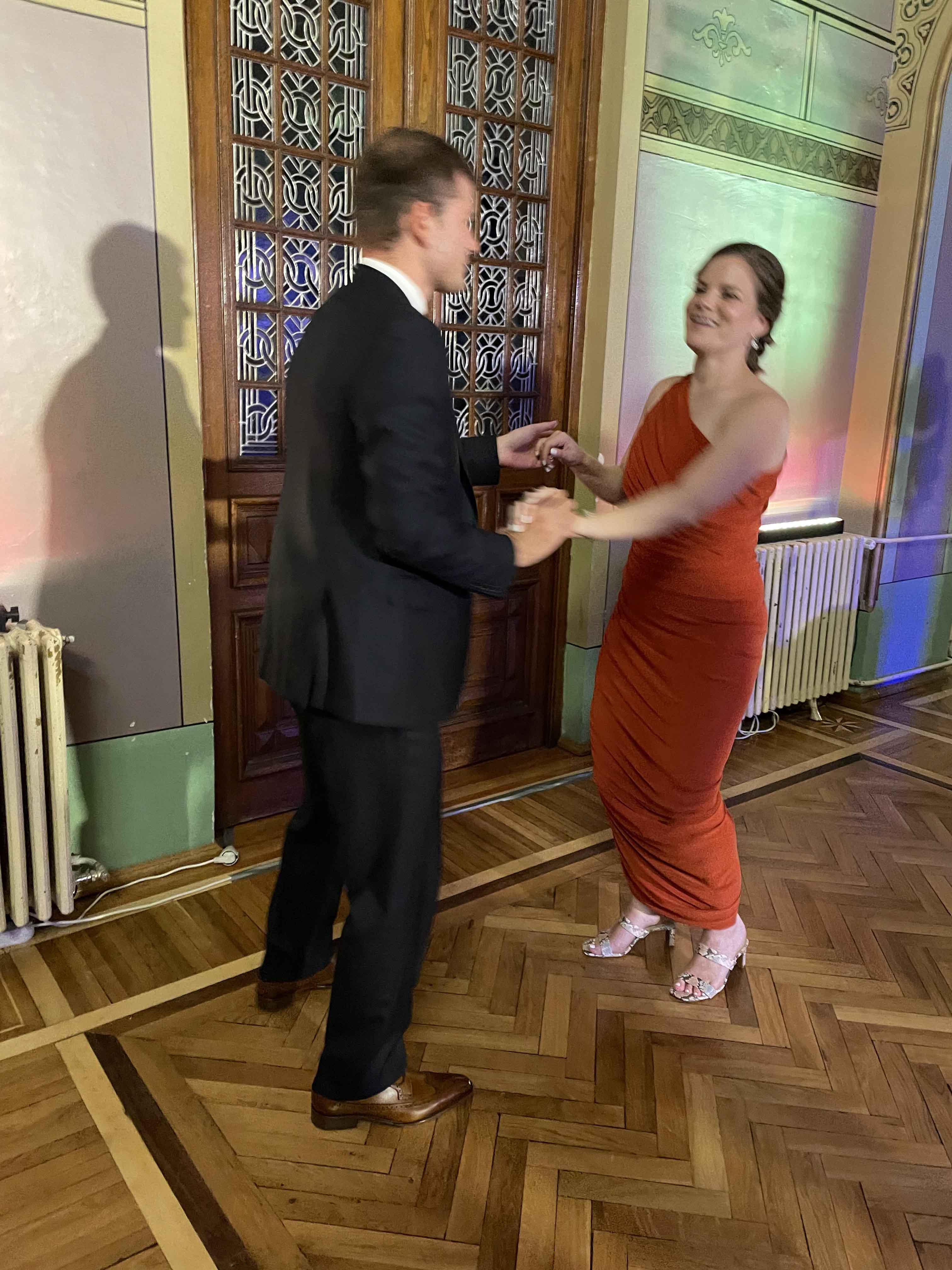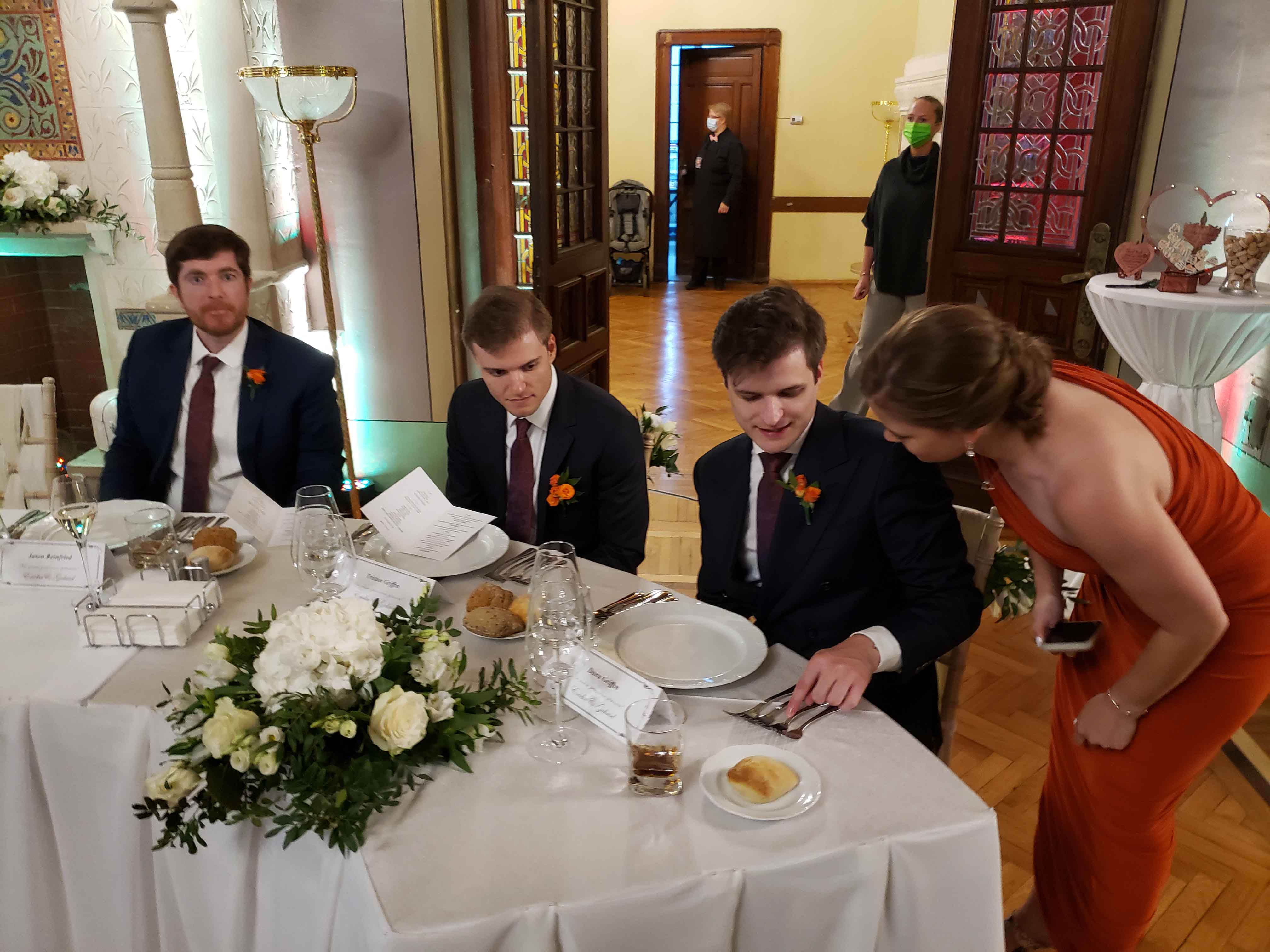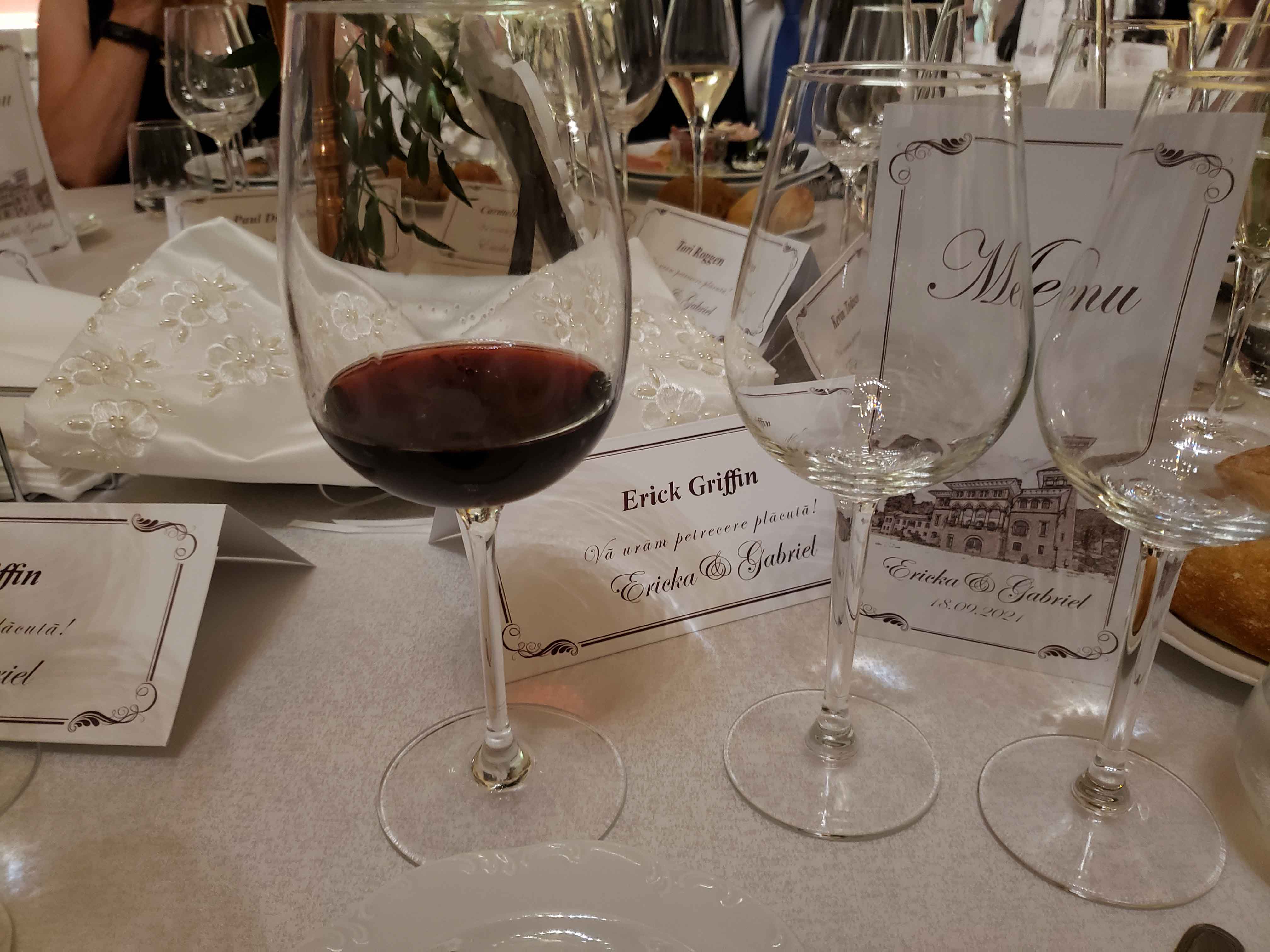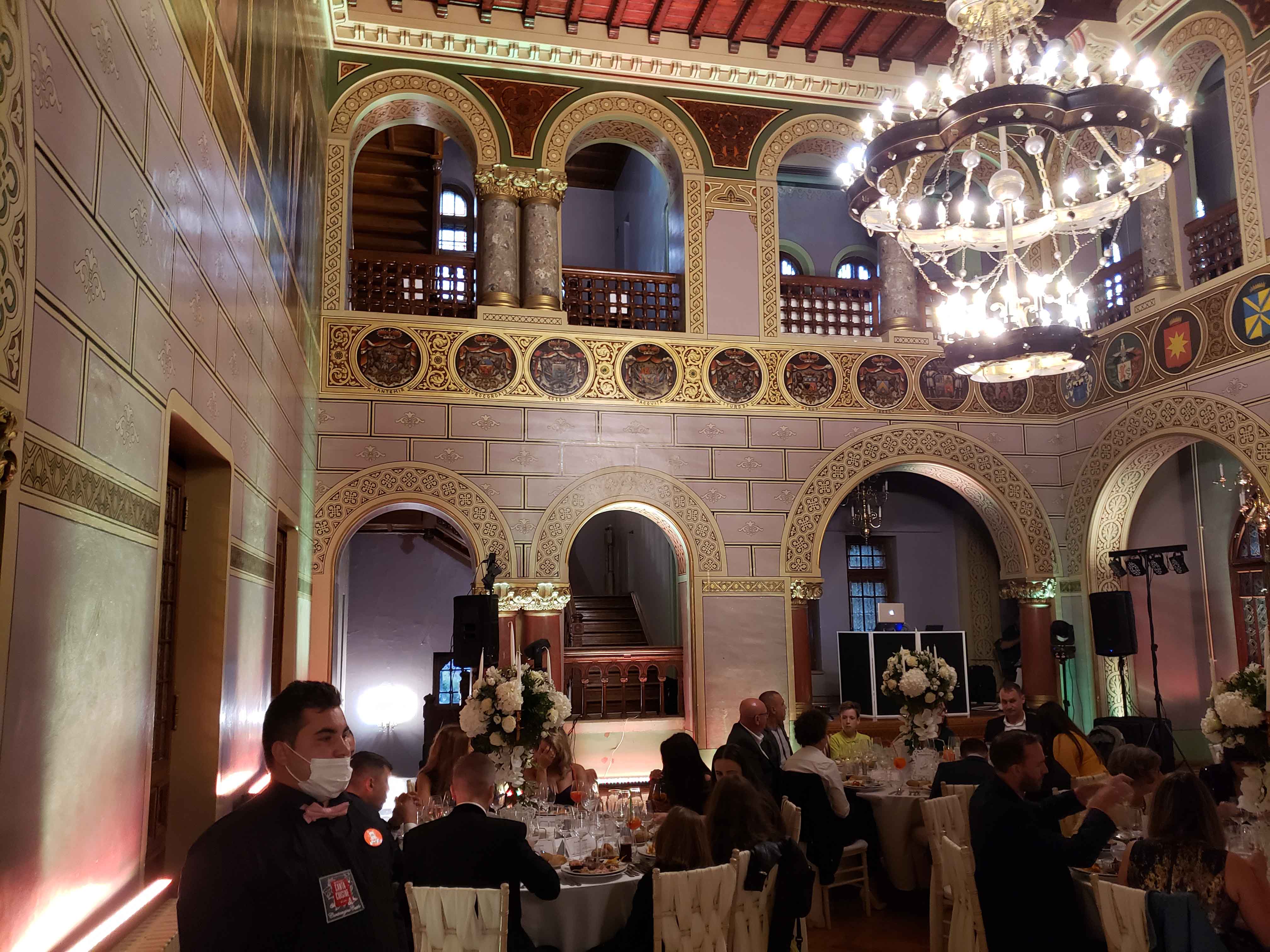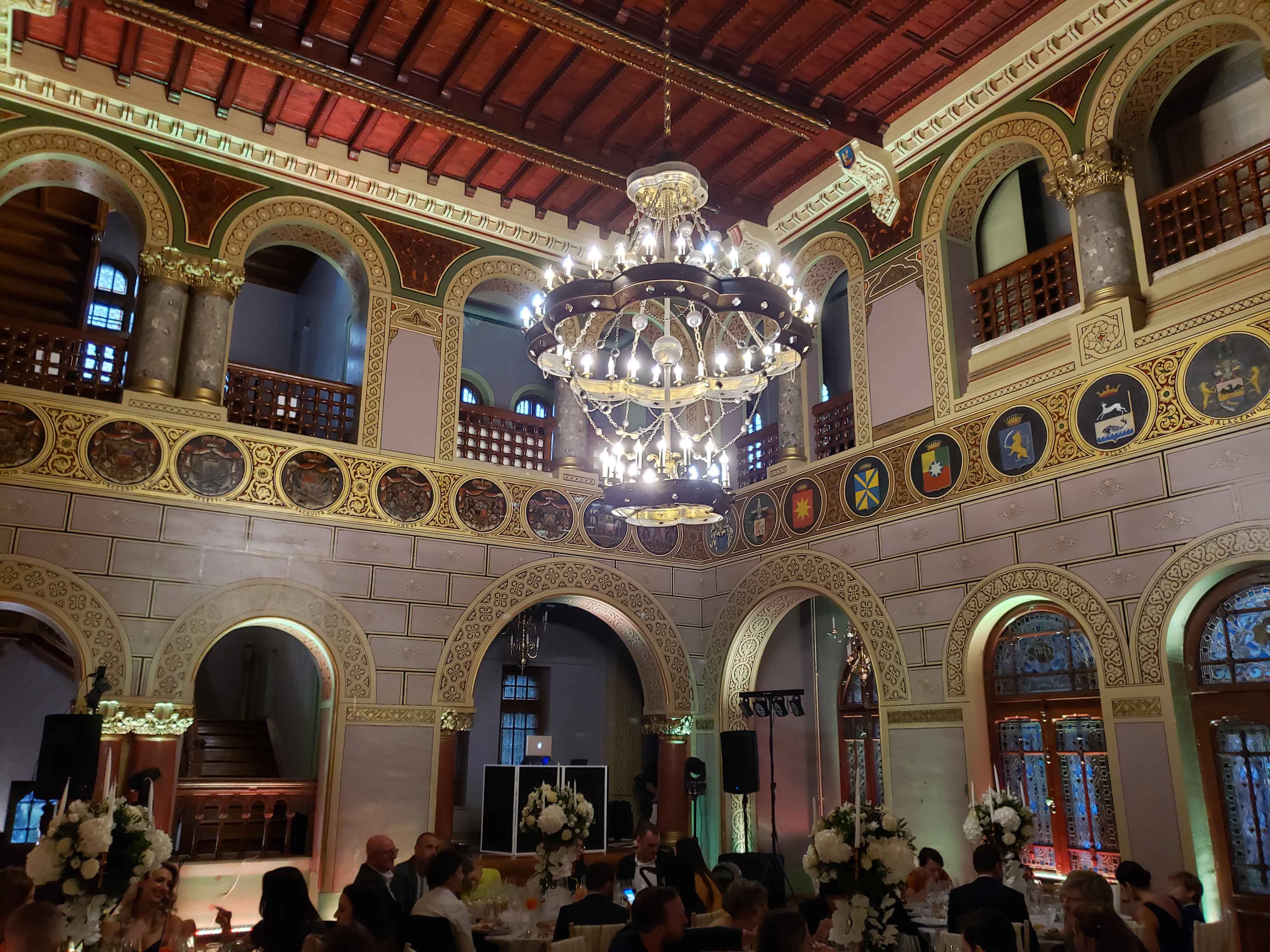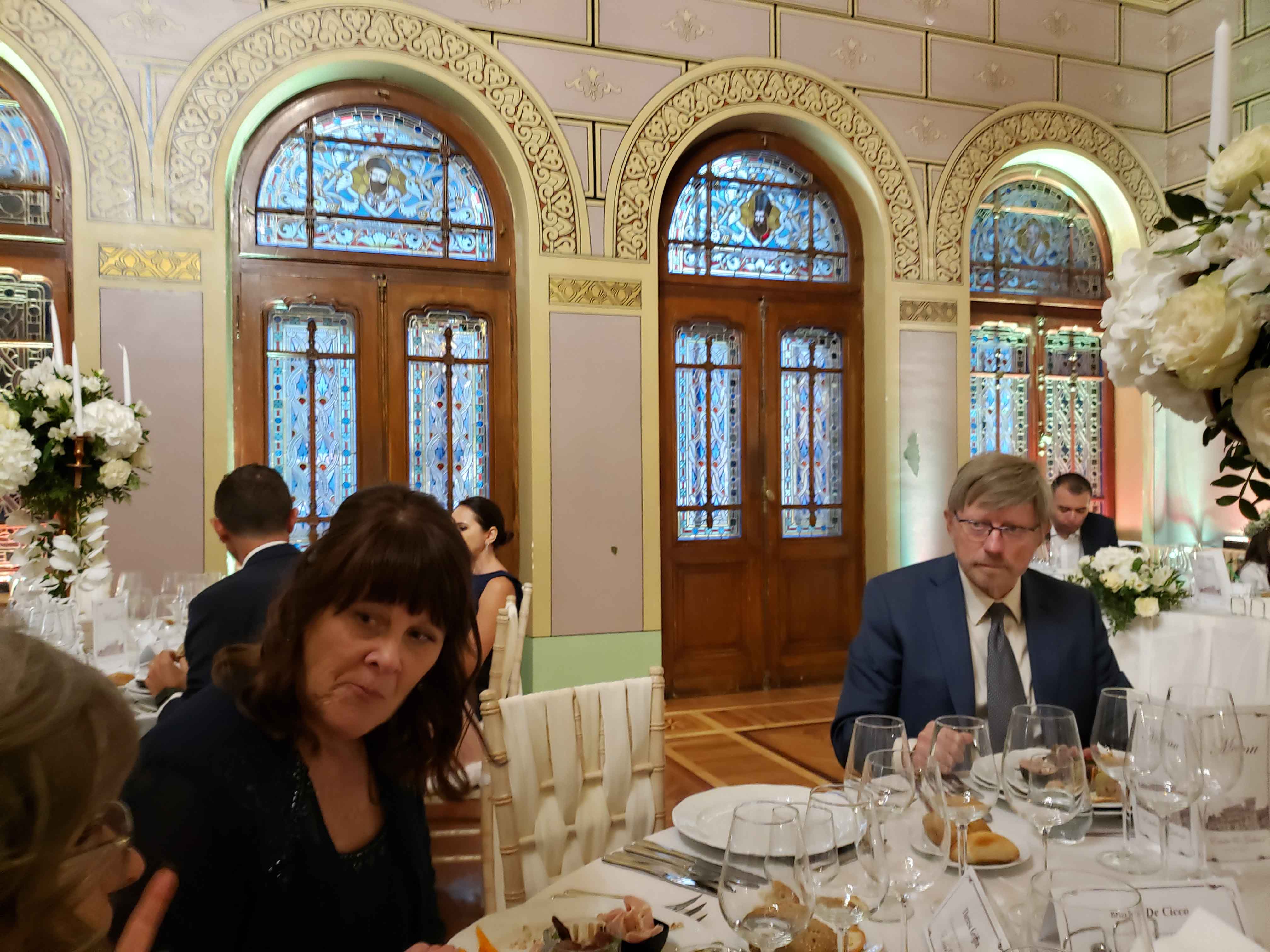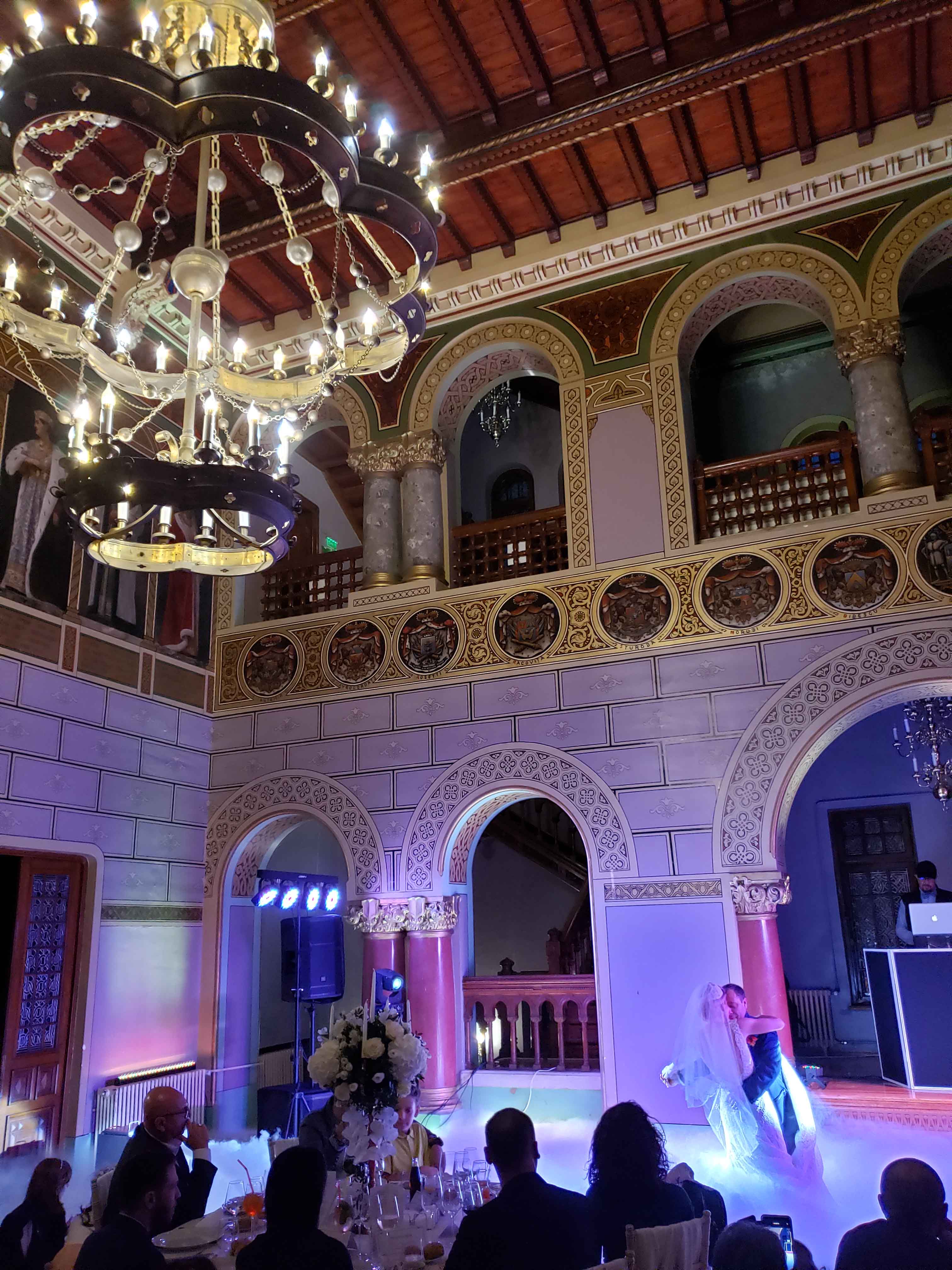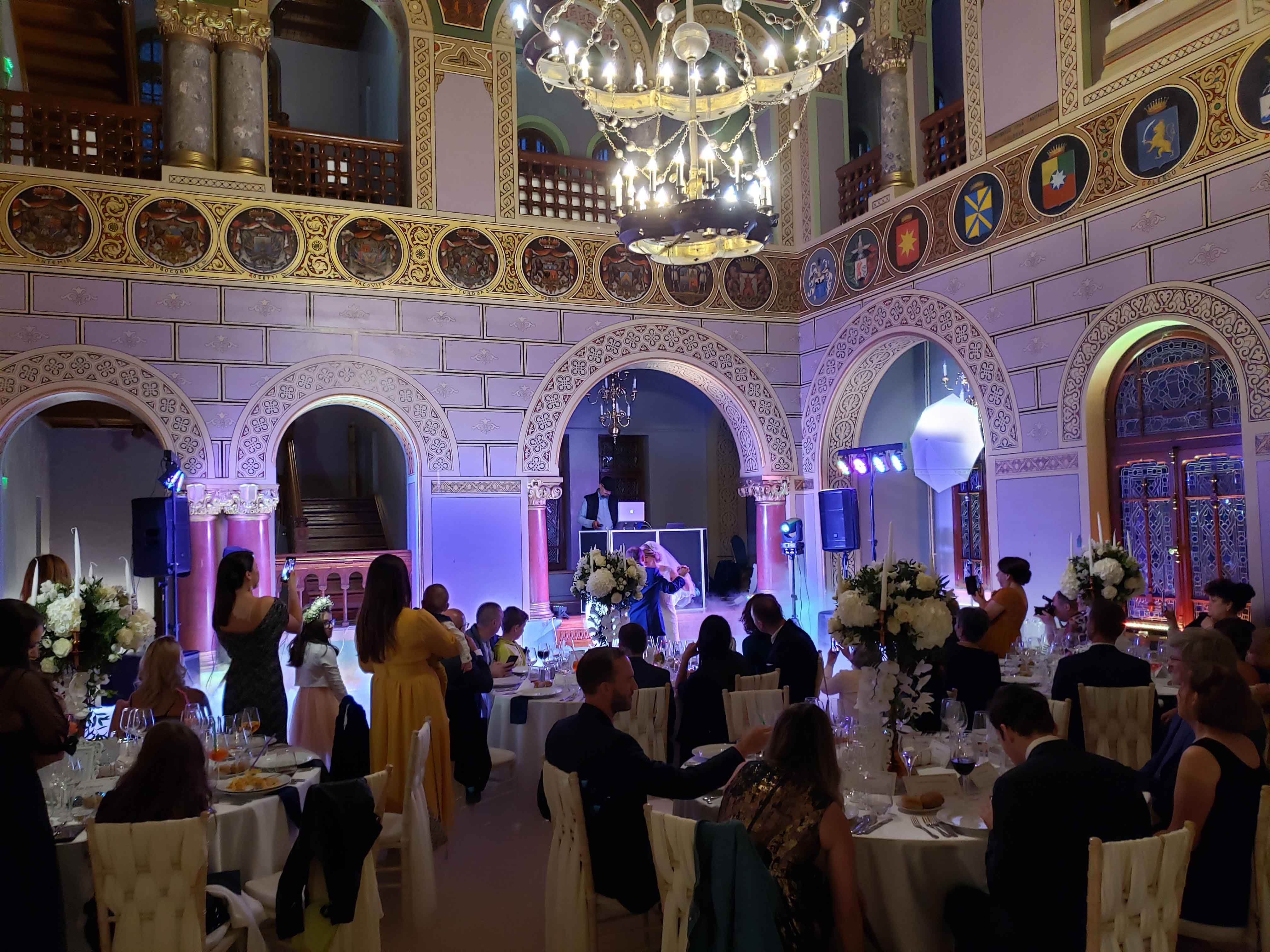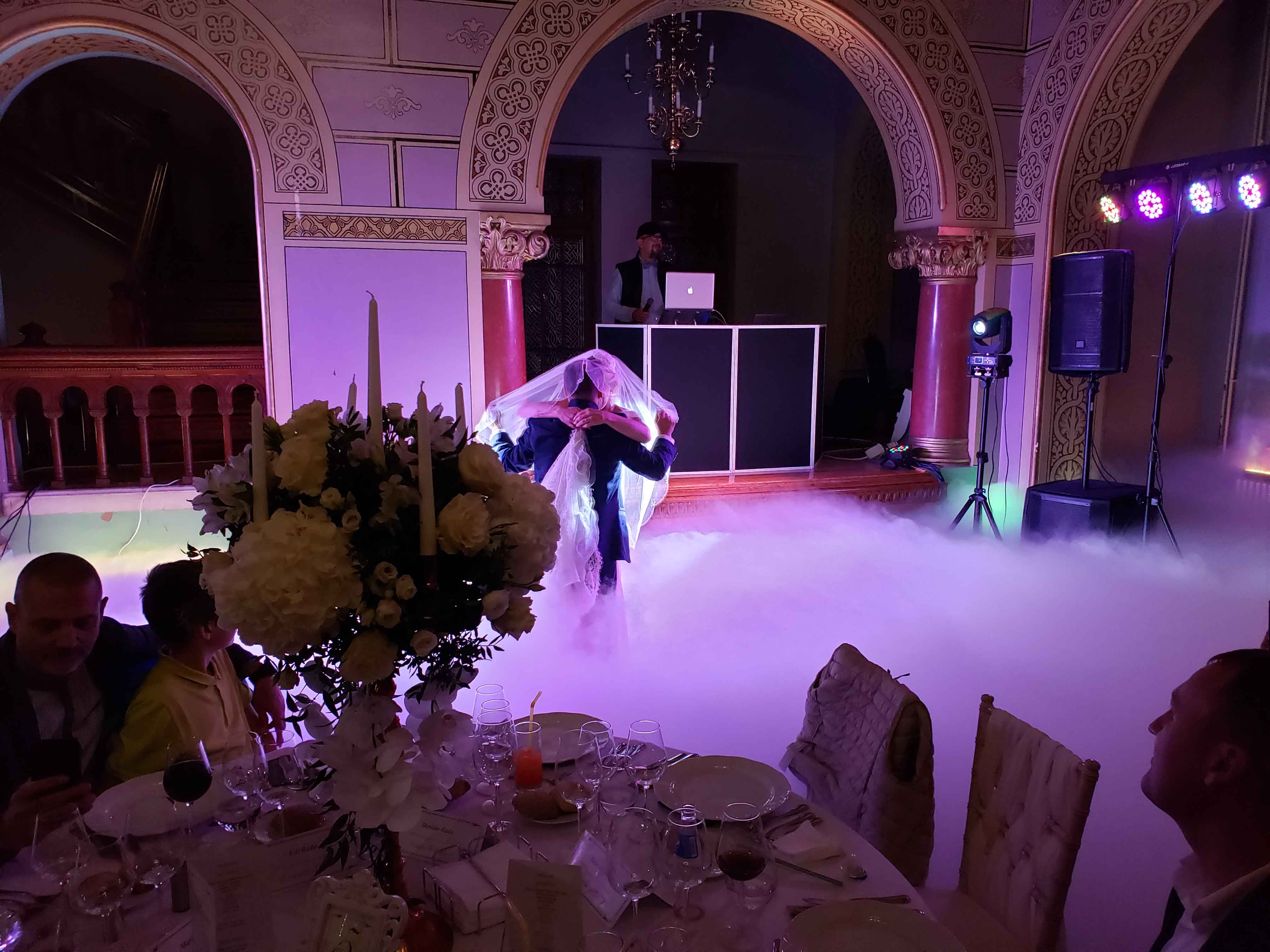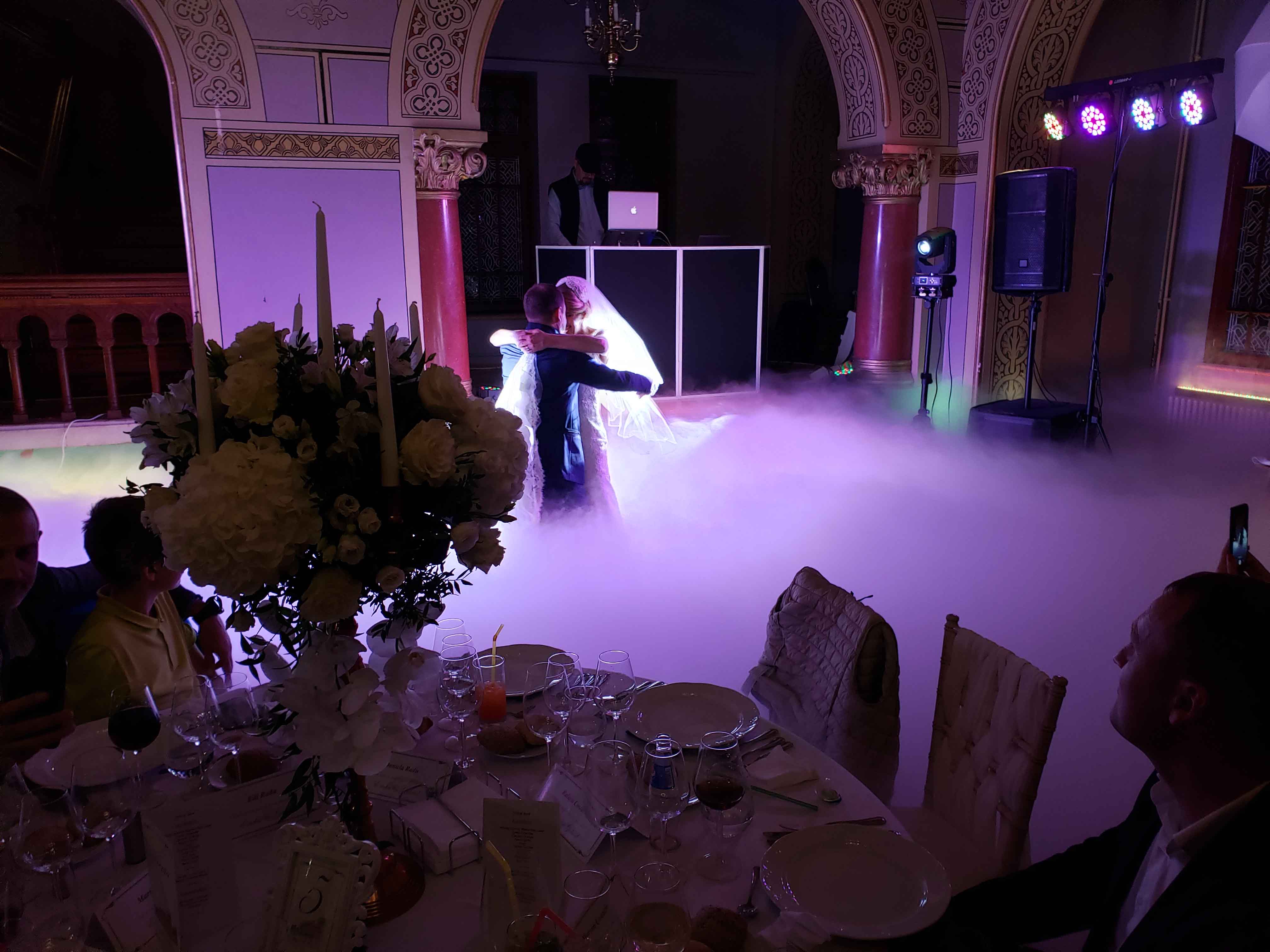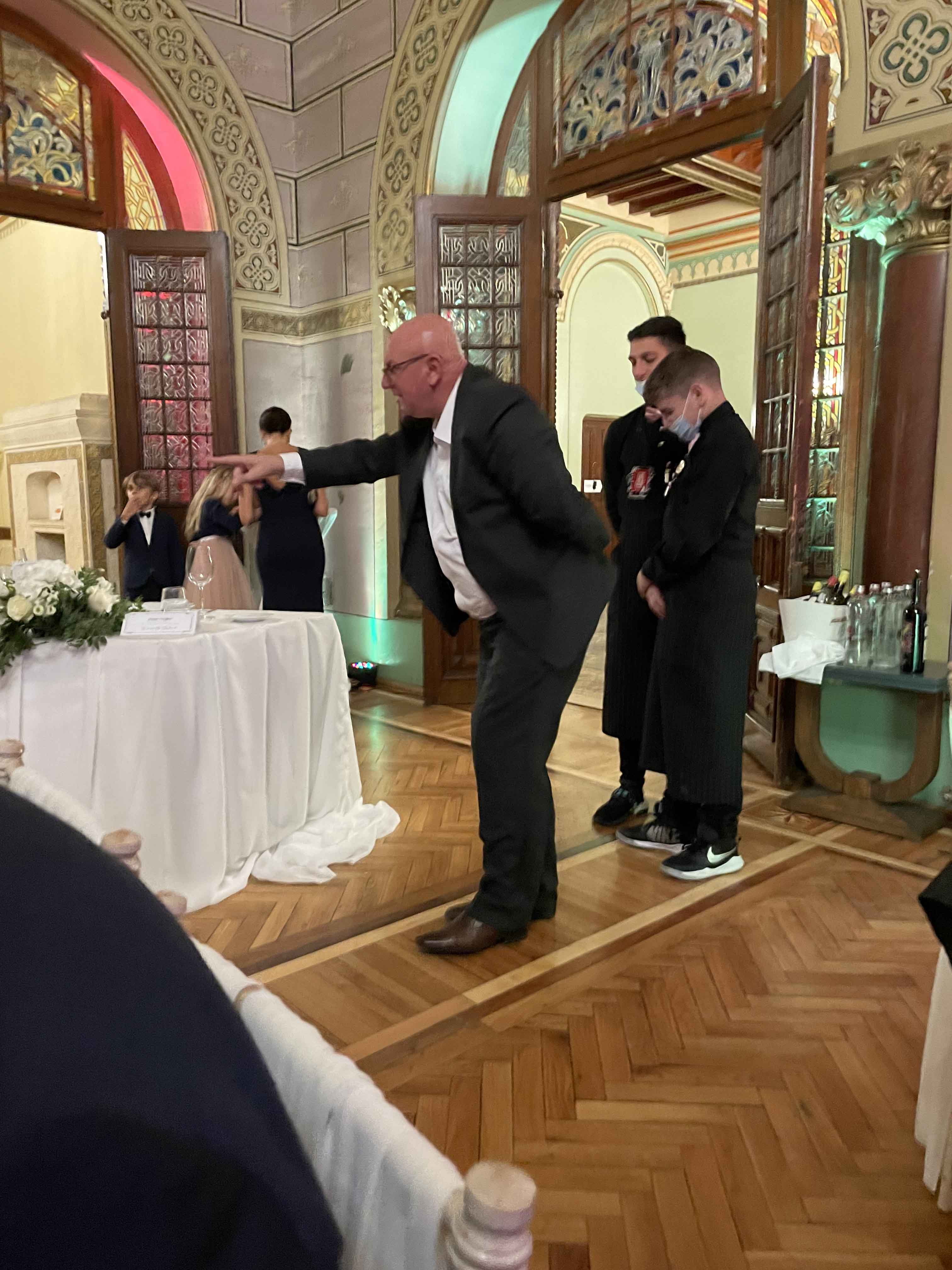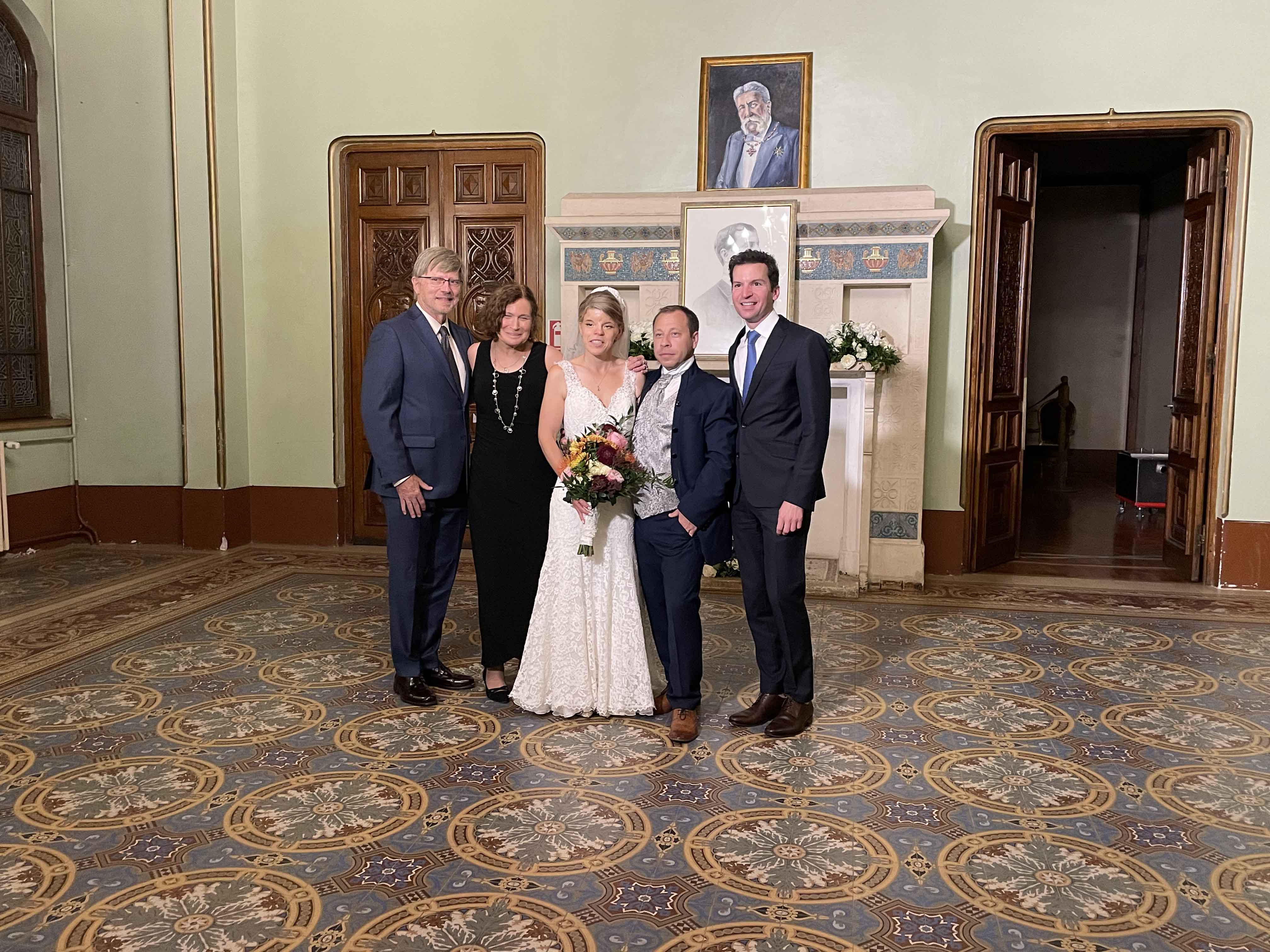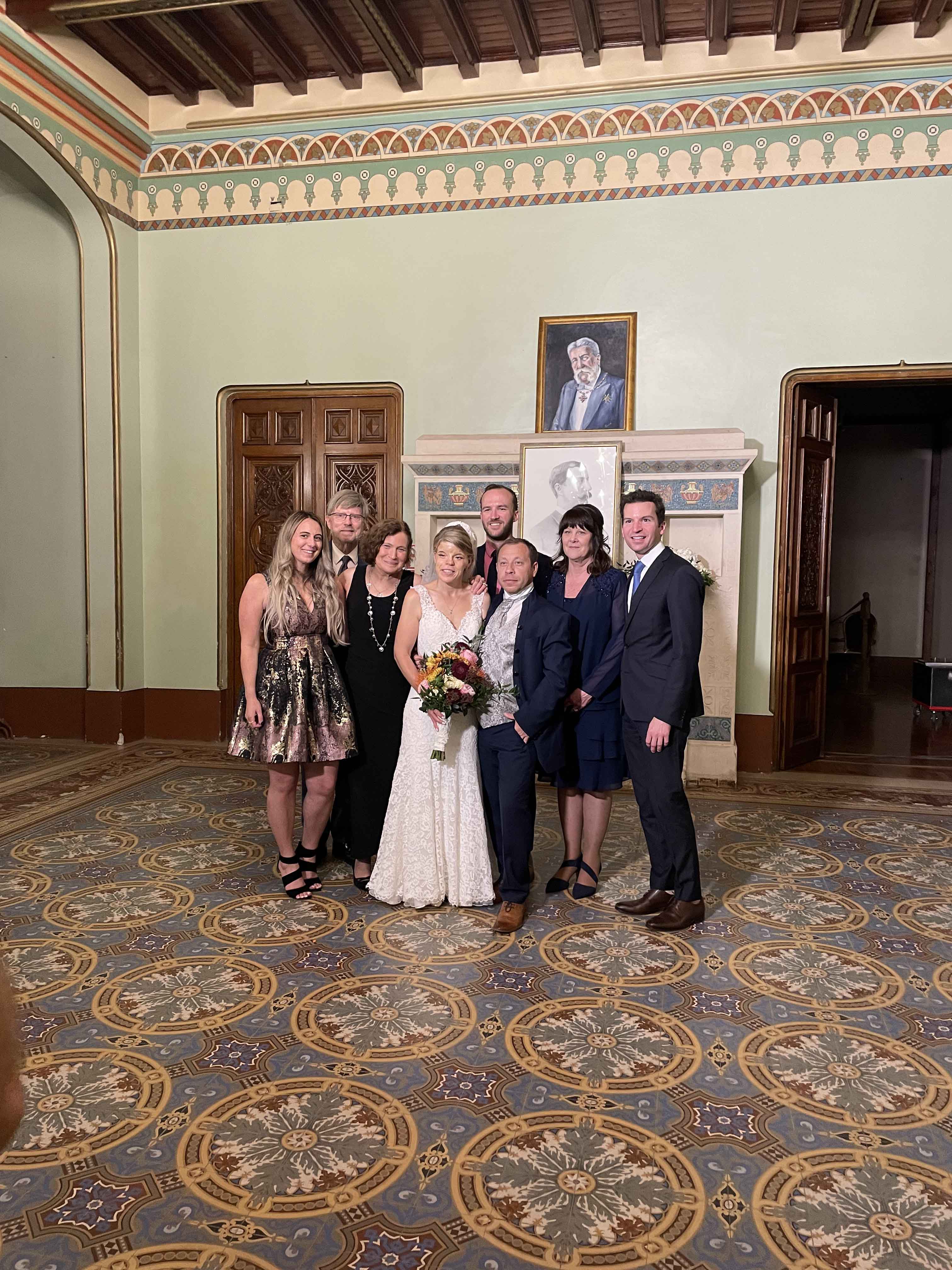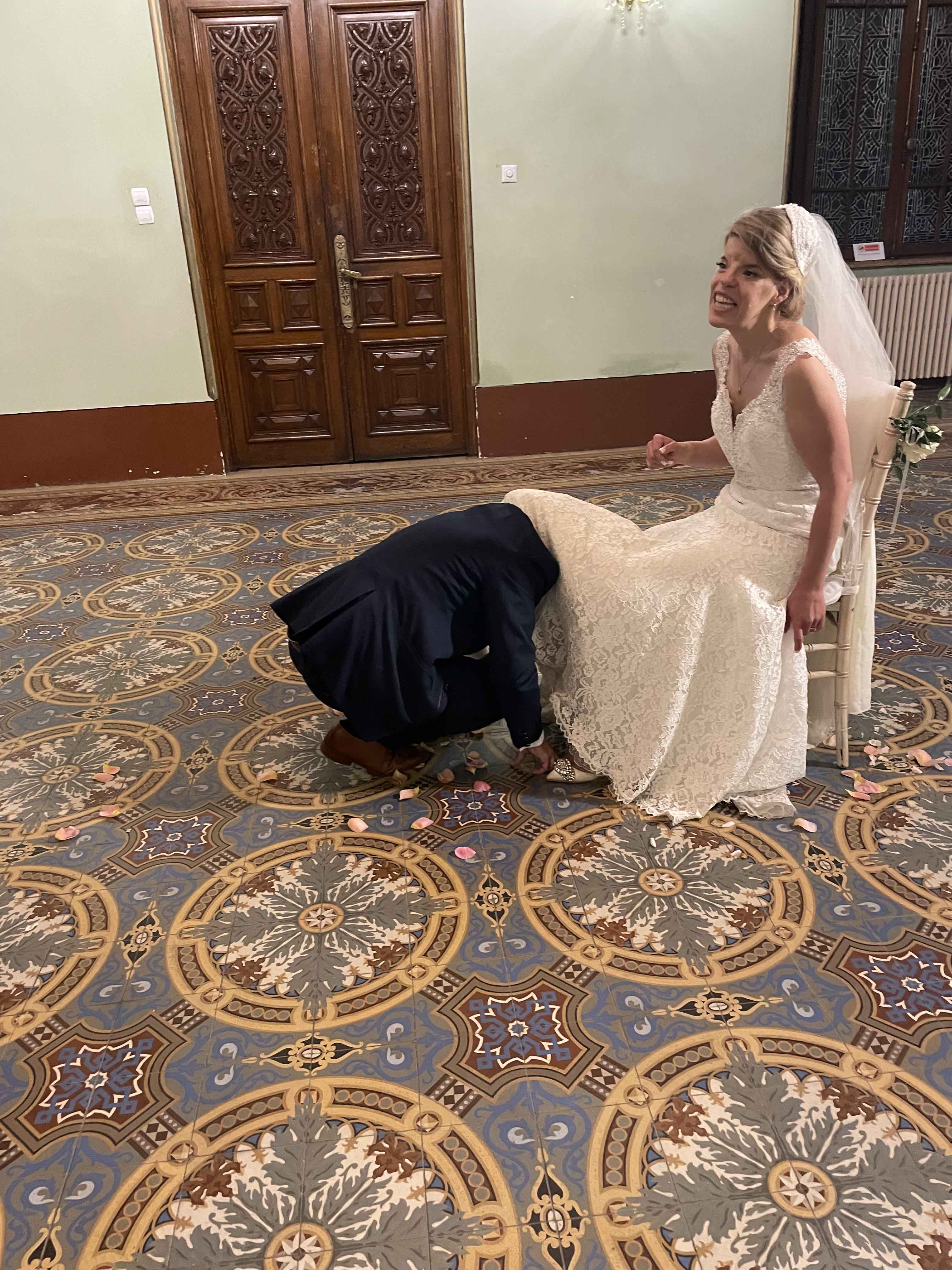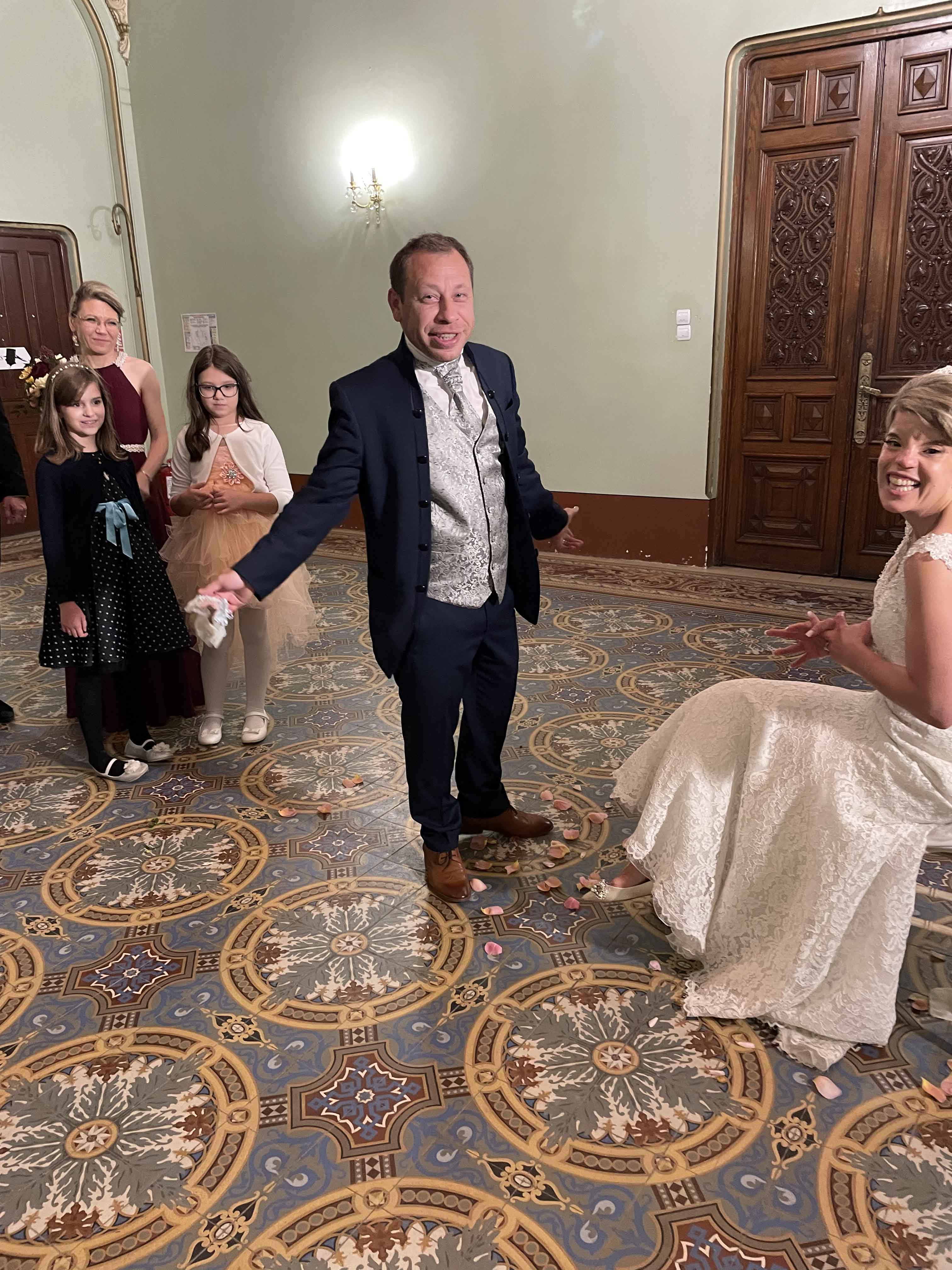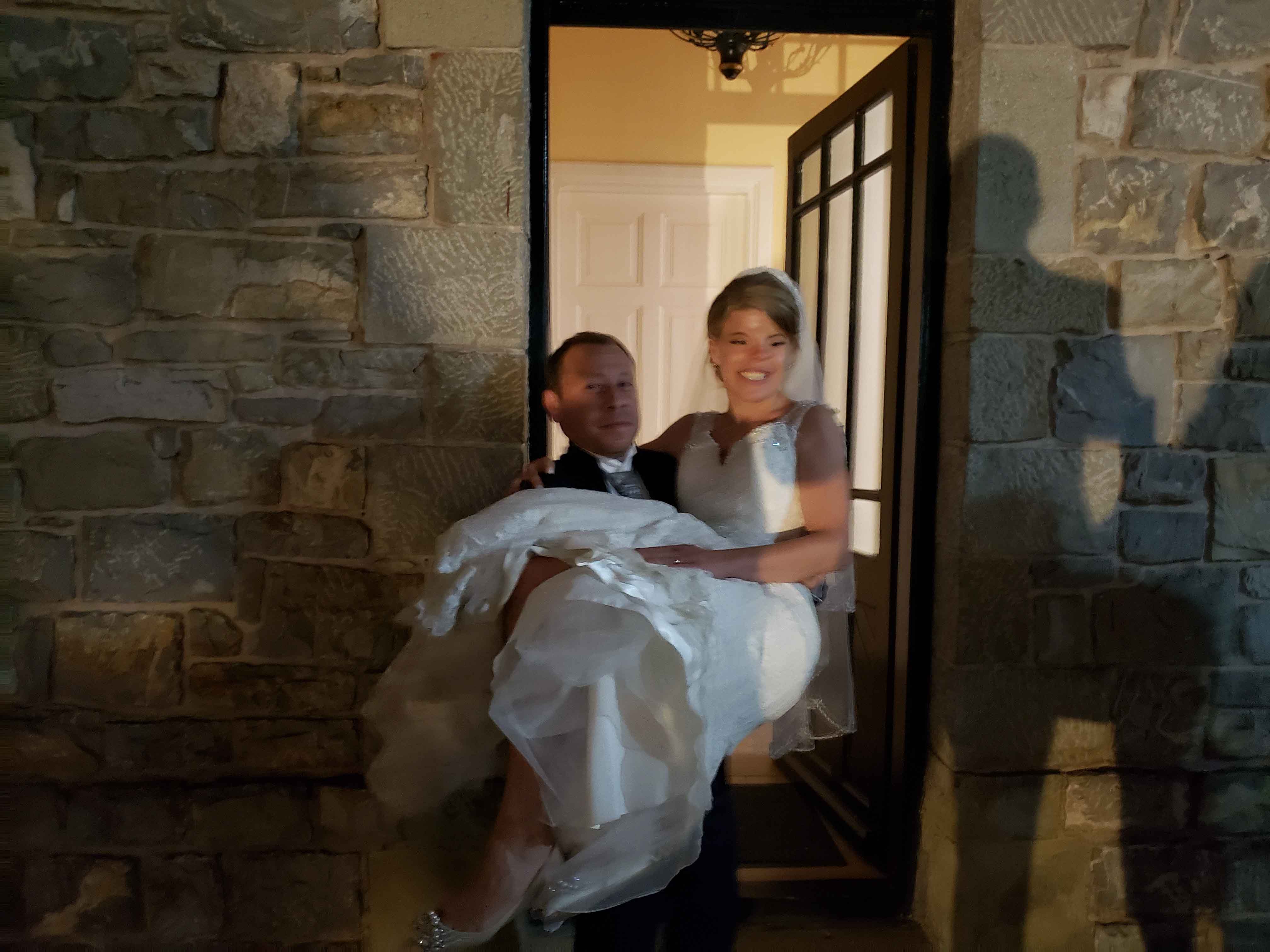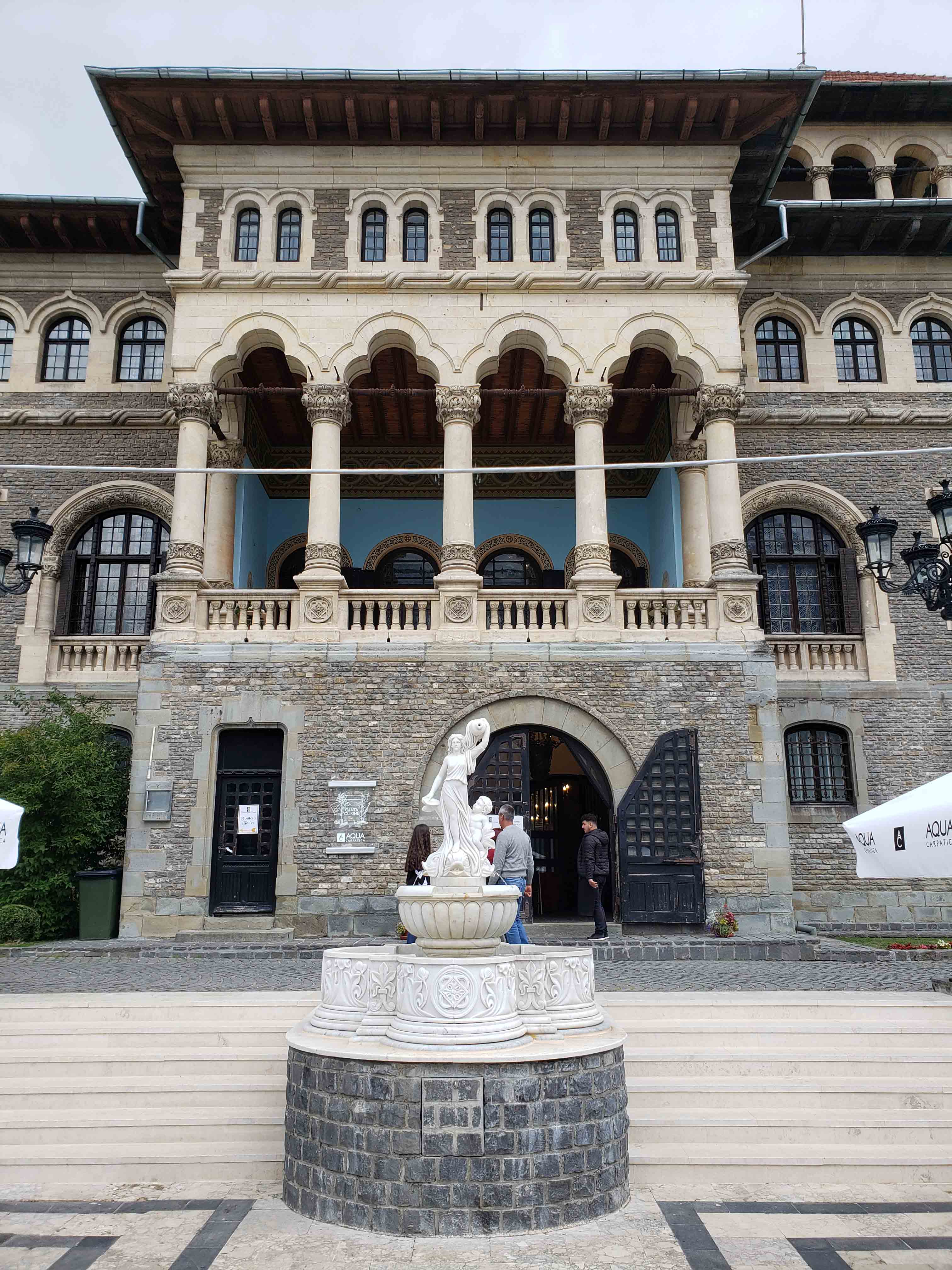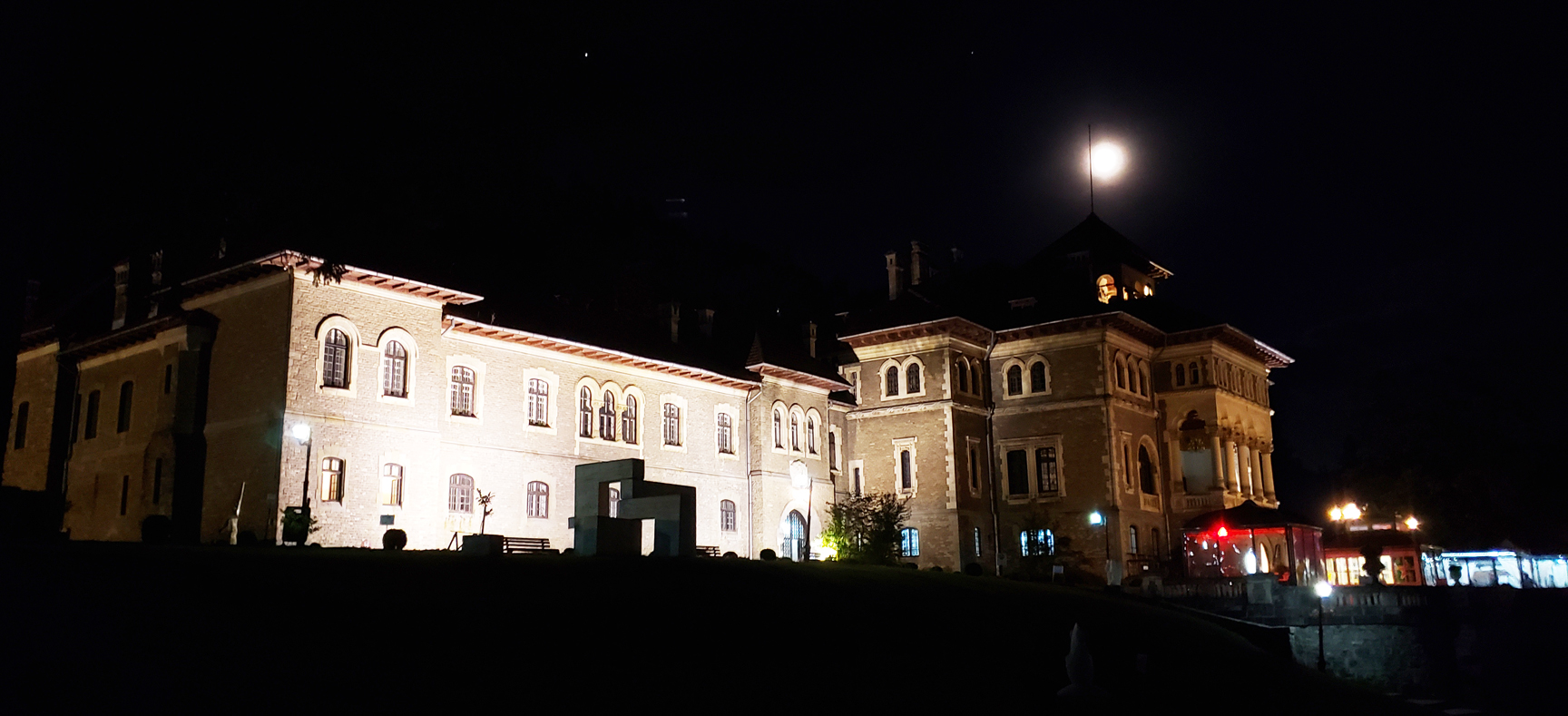
Naples is without a doubt a very large and a very old city. Born sometime in the 10th century BCE it was established officially by the Greeks. Later it became its own Kingdom and later one of the two Kingdoms of Sicily. There is no doubt that the language is very different from Italian. When a native Neapolitan speaks, it is impossible to find any similarities with the language of the country that they currently belong. In fact, upon exiting our taxi on arrival to our hotel, I actually brought this up with the driver, who quickly turned to me and said, “Sir, we do not speak Italian, but rather Napoletano.”
It is without a doubt, that after a few days of arriving in Naples, I can say that this city has true grit. Probably nowhere else in Italy, or in the world for that matter, can one find such excellent food among so much chaos. Having lived in Turin and having spent much time in Rome and other parts of Italy, this town exemplifies the Neapolitan spirit. A crazy mixture of life, business, personal matters and conversation, and eating, always eating. It appears their entire life and lifestyle is dedicated to consuming delicious food. Having sampled enough of it I can say it is truly unique and delicious.
First Impressions
Chiaia, and all of Naples for that matter, is a complex mixture of no rules, hidden rules, chaos and a profound charm that is impossible to put your finger on, but unmistakably Neapolitan through and through.
It is without a doubt that many from the United States, probably depending upon from where they are from, would be off put by some of the conditions. However, one must always keep in mind it is never easy trying to combine old and new, whether they be traditions, living style or just overall conditions.
The city for the most part could be cleaner, but I have found it cleaner than I had thought it was going to be. And having heard about the issues they are having with garbage removal, it goes without saying, it is definitely a problem in search of a real solution. With the exception of the Spanish Quarter and some other high traffic areas, where tourists frequent, I have found that the Neapolitans, for the most part, try to keep things orderly and clean.
The city could also be better organized, but until the forces that control much of what the people here are affected by most have been tamed and come to agreement, that will probably not happen. I often wonder how the native Neapolitan can stand to have some of the building projects around them to be delayed for more than a decade; where the companies have taken advantage of the cordons that they use to store other materials aside from those for the actual project. And yet just down the road, a Restorer will be working on a massive archaeological project with a Dremel tool, being careful at all costs not to remove too much of the dirt from the huge building they are working on and almost totally unnoticed. They appear to be both appreciated and stymied by their own history.
Restaurants
La Riviera Di Parthenope
As part of our culinary excursion of Naples and Chiaia, we made reservations and ate La Riviera di Parthenope on our first evening. It was a delightful restaurant and our waiter, and perhaps owner (since he made several references that his wife was the cook), spoke English very well, so nothing was lost in translation on our behalf.
We had a braised octopus appetizer over mashed potatoes, and for my main dish, I ordered the smoked red tuna. These were paired with an excellent white wine from the region. The service was excellent and I would go back any time, but frankly, there are just too many other good places to try!
Officine Bistrot
A small and modern restaurant that serves absolutely amazing food. The cook starts with a croquette served with a spiced mayonnaise sauce that sets the tone. Then we had an appetizer of fried squash flowers, a potato croquette and a portion of eggplant parmigiana which was to die for. My main meal was wild boar in a bread sauce reduction and served with salad greens dressed in an infused olive oil which were both just amazing. As for the dessert, what can a say, they were both delicious. The food alone is worth a visit.
I would normally take points away for this, but the food was just so good I cannot do it. The red wine by the glass was showing its age (too long opened and sitting in the bottle). I also ordered a Sambuca which had almost turned to alcohol sitting on the shelf, it had lost all hint of anise. I am chalking both of these up to the affects of the pandemic and not being able to move the products, but that’s a guess. For a memorable experience I would suggest ordering a bottle of wine just to be sure and perhaps stick with Grappa.
